|
I've just realised that I never posted this walk report! It's a 8.5km (5.5mi), 2-3 hour circular walk starting in Sedlescombe, East Sussex. I hope you enjoy the memories of warmer times . . . The Brede valley sparkles in the sun after a late morning shower. All around us is evidence of seasonal change: blackberries ripening, sloe bushes crammed with purple berries, and young trees peppered with cobnuts and tiny acorns. We even find some giant puffball mushrooms, big as footballs, in the grass nearby. But this jumble of late summer growth has its downside for walkers. Our way is soon blocked by undergrowth that seems intent on tormenting us: tangled brambles and dog rose, waist-high stinging nettles and the sharp spikes of thistle and teasel. I whip out the phone and report these obstructions to the Ramblers. After battling the thorns, it’s a relief to find our way onto Brede Lane then to slip into the cool shade of Horn’s Wood. Dim, green light filters down (the leaves haven’t yet turned autumnal) and the fresh smell of damp wood suffuses the air. We pass a pile of timber, cross another road and continue, discovering tiny streams and catching flashes of Powdermill Reservoir through the trees. The sighing of conifers in the wind ushers us along the edge of Brede High Woods. A couple of hours wandering through here could easily turn this walk into a full afternoon’s ramble. A sign informs us that wild Konik horses are grazing here to help “maintain the wildlife-rich mosaic of habitats” of the area . . . but we don't see any! We keep an eye on the cumulus clouds blooming above us as we cross an open field and squeeze along a fence beside some attractive houses. A quick detour allows us to visit the peaceful parish church, but we don’t linger: it’s getting on for lunch and we know the chunky chips at the Queens Head are waiting. One of the problems doing a circular walk from a pub is the lure of food! I can’t resist plucking a ripe plum from an overhanging branch as we make the easy downhill stroll back into pretty village of Sedlescombe. The scent of lavender wafts from a nearby garden and the village geese wander around the old pump house on the green. If this sounds rather idyllic, it is. Scratches and stings from our earlier run-ins with the local vegetation forgotten, we relax in the pub’s sunny beer garden and enjoy what might be the last of this summer’s warmth. A version of this article first appeared in the Battle Observer (read all my articles for the Observer series here). I don't like to be a cliche of a UK-dweller, but I'm already dreaming of the long, warm, slow days of summer . . . the sound of leaves in the breeze . . . the tall grass tickling my legs as I walk . . . the sunshine soaking into the soil . . . ahhh!
0 Comments
One year ago, I wrote my first walking piece for the Battle Observer: a walk from Battle to Robertsbridge. For my anniversary (and my last piece for the near future as I'm back in full-time work), I thought I'd walk the distance in reverse, on a slightly different route, and end at home. There's a footpath marked on the map, but the gate is padlocked. Fortunately, a woman appears with a friendly history lesson and alternate directions. “It stops just there,” she explains. “The workers used to come this way from their cottages. An ostler lived here right up until the 1960s! You need to go through the new estate, now, instead.“ That first obstacle overcome, it’s an easy walk out of Robertsbridge, under the rail line. In the morning sunshine, we head up a long driveway to the site of the twelfth century Glottenham Castle. Robins, tits and warblers flit about, singing among the leaves. A few pheasants burst alarmingly from the long grass. Any remains of the castle have long since disappeared under the trees, but the moat is still visible - albeit through a chickenwire fence. Deep red hawthorn berries and scarlet rosehips adorn the hedgerows. A small wind turbine spins lazily in the breeze. Mountfield Lane is quiet as we follow it to All Saints Church. We stop for a thermos of tea and I pop inside to see the font (apparently one of the biggest in England). I notice that new wooden pegs have been used to repair the ancient, weatherbeaten timbers of the porch. South of Mountfield, near the plume of steam that marks the gypsum processing plant, we miss the path and spend a while wandering up roads and poking our noses down the sides of gardens before rediscovering our whereabouts. The path takes us through stands of beech and chestnut. Mushrooms of all kinds nestle under the fallen leaves. There are more mushrooms at a nearby farm, but they’re rather outdone by three inquisitive alpacas that follow us at a circumspect distance through their field. We resist the lure of the pubs at Netherfield - we have a lunch date in Battle - and instead take an old coach road downhill, through the woods. After slip-sliding our way across a muddy section churned up by forestry machinery, we emerge at a small lake. This is labelled “pond bay” on our map, so it was probably once the site of a blast furnace for extracting iron ore. A group of archers is practicing at Beech Farm, bullseye targets lined up along the field. Their arrows ask a quiet, whistling question as they fly: phweet? The thok when they hit their targets is the answer. The archers don’t speak, and I don’t like to break their concentration. Phweet? Thok. Phweet? Thok. There are other targets in the field: statues of sheep and deer . . . and a tiny stegosaurus. If East Sussex goes all Jurassic Park on us, these archers may be our best line defence. We’re almost home - just one final hill to climb - and my belly is rumbling. It’s been a glorious morning, but now the clouds are massing overhead. We make it to Battle just in time to catch our friends at Bluebells. I'm ready for a well-earned lunch and a lazy afternoon.
Oh, I do like to be beside the seaside! It’s easy to jump in the car and head to the beach, but there’s a lot of satisfaction to be gained from walking there instead. This 12km (7mi) walk from Battle to Bexhill follows the Bexhill link of the 1066 Country Walk long distance path. We set off from Battle Abbey a bit after 10am. Washed clean by yesterday’s rain, the scenery is bright with pink willowherb and cheerful yellow ragwort. Along the track past Peppering Eye Farm, a stream is running high and fast. Despite the wetness, our way remains relatively clear until we hit mud in the RSPB nature reserve at Fore Wood. There, we watch bees, butterflies and electric blue damselflies flitting around frothy white heads of meadowsweet. A sign in a pond warns unwary visitors about the local crocodiles, insects dance in a brilliant pool of sunlight and a jay screeches overhead. Through the woods comes the muted rumble of a train passing on its way to Hastings. We cross a field of ripe wheat, wild chamomile underfoot, and find ourselves in Crowhurst. We detour to look at the church, the neighbouring ruins and the huge old yew tree in the churchyard. There are many possible reasons for yew trees being planted in churchyards. One explanation is that while yew is good for making bows, it can be lethal to grazing animals, so planting yew trees in churchyards meant farm animals would not be poisoned. The walk soon enters Combe Haven, where a colourful sign describes the flora and fauna we might see. Someone has keyed a gash across the map, reflecting the vandalism ahead of us, where the open wound of the Hastings-Bexhill link road cuts through the valley. The construction team can’t be faulted in its treatment of walkers: paths and signs thread us easily through the site. But it’s hard to believe anyone could approve the destruction of such a beautiful and (until the traffic arrives) peaceful place. If you’re going to do this walk, try to do it now, while it’s still possible to stop in the warm silence beside the water and hear only birdsong. Swans glide through the reeds and a heron sweeps overhead. Up the hill and over the line of what was once a railway, we enjoy the last piece of rural quietness before entering suburban Bexhill. I feel like a bit of a Nimby, but I hope the planning application for 1,000 new houses here is not approved. The 1066 Country Walk waymarkers peter out at Bexhill Old Town and from there it’s a pleasant stroll through the pretty Manor Barn gardens and down to the seafront. We meet up with a friend to scoff some well-earned chips for lunch. Afterwards, we bask in the sun on the beach near the De La Warr Pavilion, listening to the waves rake the pebbles. I do like to be beside the sea! A version of this article first appeared as "A summer's country walk to the seaside" in the Battle Observer, Friday 21 August 2015, page 59. Going on a favourite walk is like catching up with an old friend: I look forward to it; it’s comfortable, fun and familiar. This is one of those walks. We return to it a few times each year, so anticipating and marking the seasonal changes is like sharing news or gossiping and hatching plans. The scent of summer flowers follows us as we crunch the gravel out of Icklesham and into the fields. We keep an eye out for the stone circle a little way off the path. It’s been there only a few years, tricking passers-by into thinking they’ve found an ancient relic. Near Hogg Hill Mill, butterflies dance in tall drifts of grass, swallows speed low across the field and baby rabbits blink at us, fearless with youth. Apparently, Sir Paul McCartney has a recording studio in the mill. We’ve never seen him, but that doesn’t mean he isn’t looking out the windows of the roundhouse enjoying the vista over Pett Level and the sea. Further on, we enter National Trust land. The trust owns Wickham Manor Farm, once home of William Penn, the founder of Pennsylvania. We admire New Gate, built in the 14th century as part of the ancient wall around Winchelsea, now arching over Wickham Rock Lane. A cuckoo calls nearby. Winchelsea is drenched in the sweet smell of roses and honeysuckle. We stop at the impressive church to watch a flock of swifts perform their daredevil flights through the tall ruined arches. Behind us, three people have made a pilgrimage to Spike Milligan’s grave. “Dúirt mé leat go raibh mé breoite” it reads - “I told you I was ill.” Out of town we go, to the site of St Leonard's Windmill, repaired in 1935 and again in 1955, only to be totally destroyed by the storm in 1987. The mill stone remains to mark the spot. The wonderful view here is as close to Tuscany as you’re likely to get in East Sussex, with rolling, golden fields and a smattering of poplars. We trace the line of our walk thus far across the hills, then map the second half along the River Brede below. Down in the valley, we find poppies bobbing along the path and swans gliding between water lily pads. We cross and re-cross the train track before heading uphill to the Queens Head for a well-earned lunch. It's been a very pleasant day. As we relax in the sunny garden I think, “We mustn’t leave it so long next time.” It really is like catching up with an old friend. This article first appeared, somewhat awkwardly named, as "The good feeling of walking with memories" in the Battle Observer, Friday 10 July 2015, p76.
A shorter version of this article first appeared as "A mapless meander across the Firehills" in the Battle Observer, Friday 12 June 2015, page 60. I've been publishing a walk every month in the Battle Observer (and affiliate papers) since October 2014. A gentle springtime walk around the East Sussex/Kent border near Northiam, along the River Rother and through the hills.
Back in early April, we went on a beautiful walk around Herstmonceux, East Sussex. I wrote it up for my regular column in the Battle Observer and now it's time to share the walk with you here.
A shorter version of this article first appeared as "How long does it take to walk from pier to pier?" in the Battle Observer, Friday 20 March 2015, p59. If you're interested, you can do this walk as part of an organised challenge event in July. A pretty circular walk starting from Bodiam Castle, taking in the views from Sandhurst Cross and returning along the Sussex Border Path.
One of our favourite walks to do with visitors is this loop around the Brightling follies. History, views and odd local characters all included!
A walk from Camber to Rye along a beach, over sand dunes, up a tidal river and along an old tramway.
A shorter version of this article first appeared as "Walking the railroad from Camber to Rye" in the Battle Observer, Friday 28 November 2014, p34. There is something magical and slightly eerie about walking in a heavy mist. 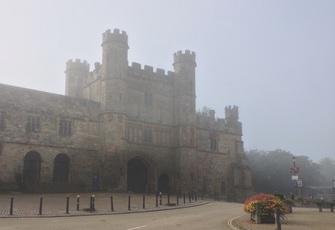 Battle Abbey gates in the mist. Battle Abbey gates in the mist. On this early morning in autumn, the world seems small, still and hushed. Down Battle High Street, the top of the abbey gates fade into fog. The view from Whatlington Road towards Battle Great Wood is a soft, featureless glow. Instead of distant vistas, my attention settles on closer, more intimate details. Precise, silver-spun spiderwebs drape over the trees and fences, glistening with tiny beads of water. My breath stirs the mist, which swirls in a brief dance as I pass. A family of sparrows chirrups quietly in the brambles and I disturb a watching cat – he flashes me a wide-eyed glance, then slides around the corner and disappears. This mist-bound world moves with me as I turn down a narrow farm track. The hedge melts into view when I step forward, then dissolves away behind me.  The old ambulance. The old ambulance. The landscape hidden by the fog is infinite. What lies beyond those trees, across the field, in the valley? The mist is keeping secrets. Maybe the High Weald has been replaced by a towering mountain range. Maybe the sea has swept in overnight, quietly but completely submerging everything around Battle Ridge. Maybe the ghost armies of 1066 are clashing silently just out of sight. Maybe I am displaced. Is this burnt-out corpse of a 1970s ambulance a figment of my imagination? Have I stepped out of time itself? I entertain these thoughts with a little thrill, almost certain the everyday world will return soon, when the mist disperses in the sun. The human world is waking up. I hear the ringing clangs of someone working on their home extension, and there’s an old Land Rover idling, door open, next to a field of excited Shetland ponies. I cross the rail line just in time to see the tail of the London-Hastings train. But despite these signs, I meet no one. I circumnavigate a damp field, pick my way along an overgrown path, and meander beside a stream through a beech wood. I peer into a derelict shelter that looks like a horror movie setpiece, wave to an empty train, dash across the A2100, greet some friendly horses and find myself in Mountfield. The mist has burnt off now, and the eeriness has gone with it. I receive a hearty, “Good morning!” from a group of adults and children trailing bikes and horses, out to make the most of a beautiful sunny day. It’s so sunny that after climbing across the stubble fields to Mountfield Church, I stop to put on some sunscreen. It’s a lovely spot. I end up sitting in the well-kept churchyard a while, drinking tea from my thermos, nibbling a biscuit and watching buzzards wheel and spiral above. Organ music from the Sunday service drifts from the church. It mingles with the whistling cries of the buzzards, the grunt of a distant tractor and the quiet bleating of sheep to create an idyllic rural soundscape. I start to feel a certain companionship with the people who rest here more permanently – this is as good a place as any to stop. 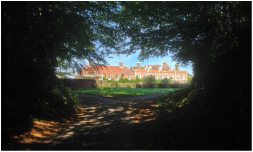 Mountfield Court. Mountfield Court. But the path calls me onwards, up the grand sweep of road to Mountfield Court, then over the rise beyond. Fields fall gently away to a treeline starting to blush with autumn colour: yellows, oranges and browns mingle in with the lingering dark greens of late summer. The view towards Robertsbridge makes the town seem tantalisingly close. The path sinks into the valley, then twists swiftly northwards between the stream and the railway line. I pause at a laden sloe bush and pluck a few handfuls of ripe, purple fruit to make sloe gin. As I do, I spot an odd thing: a crow with white wing tips flaps past me and begins strutting across the field. I later learn that these white feathers are a sign of leucism and they aren’t too rare an aberration. But for now, the puzzle stays with me as I head into Robertsbridge. The train back to Battle seems to take seconds. Scenes whiz past too quickly to take in. “I walked there! And there!” I think. There’s nobody in the field where I waved to an earlier train, so I raise my hand to past-me, instead. This article first appeared as "Taking steps from Battle to Robertsbridge" in the Battle Observer, Friday 12 October 2014, p65. |
In which IIn which I do things and write about them In which I tag
All
In which I archive
July 2022
|
||||||||||||||||||||||||||||||||||||||||||||||||||||||
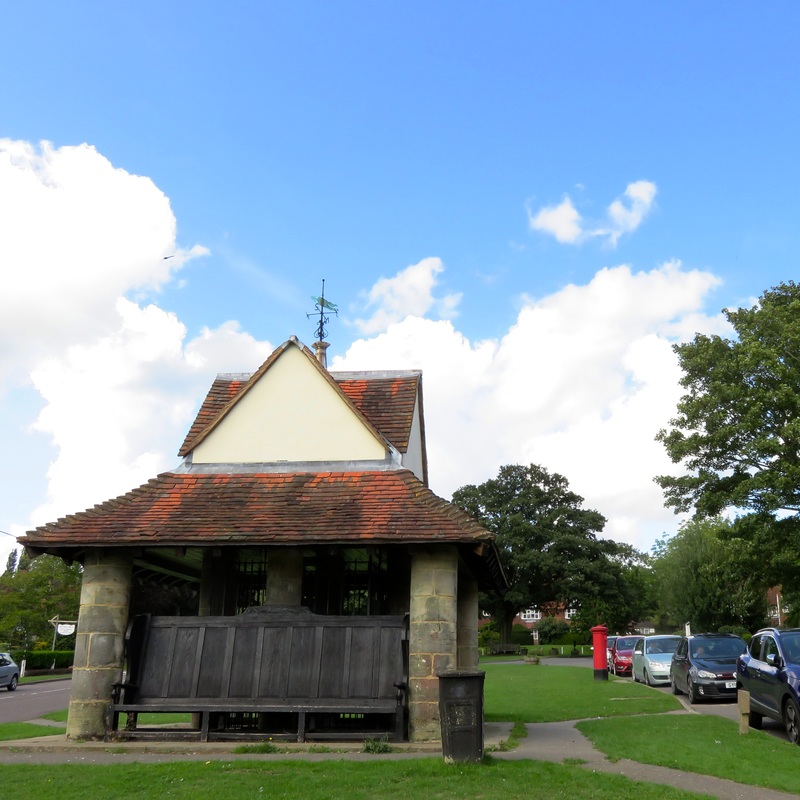
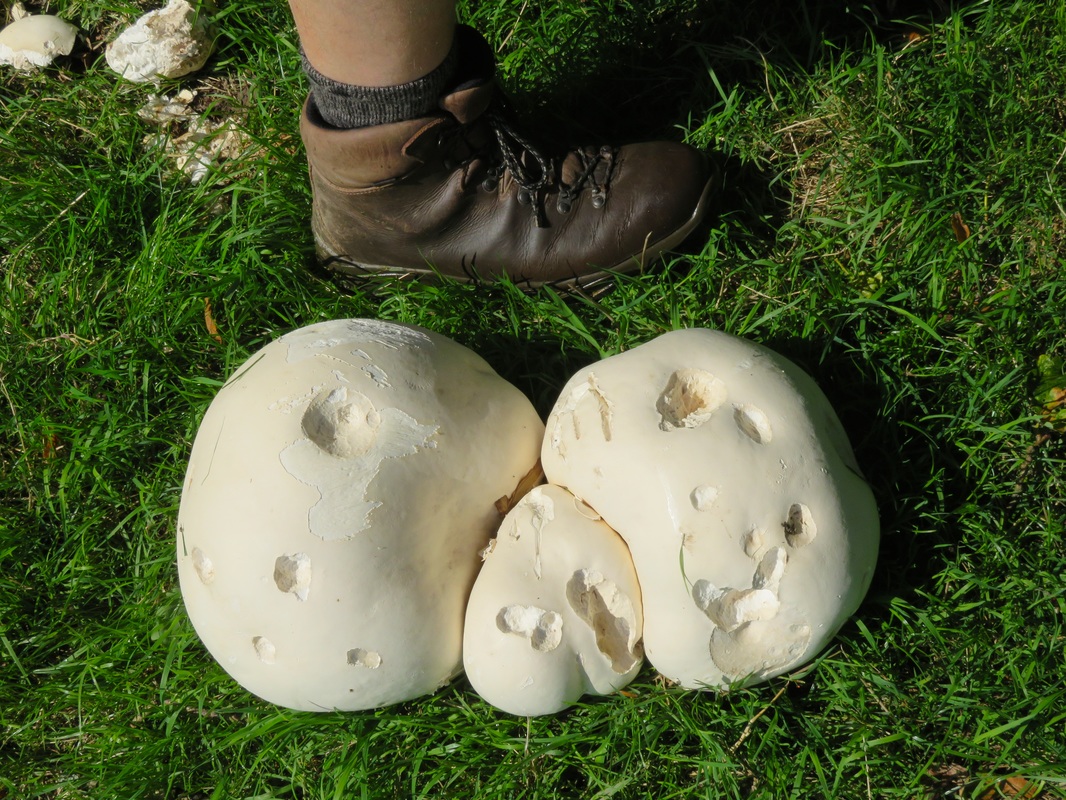

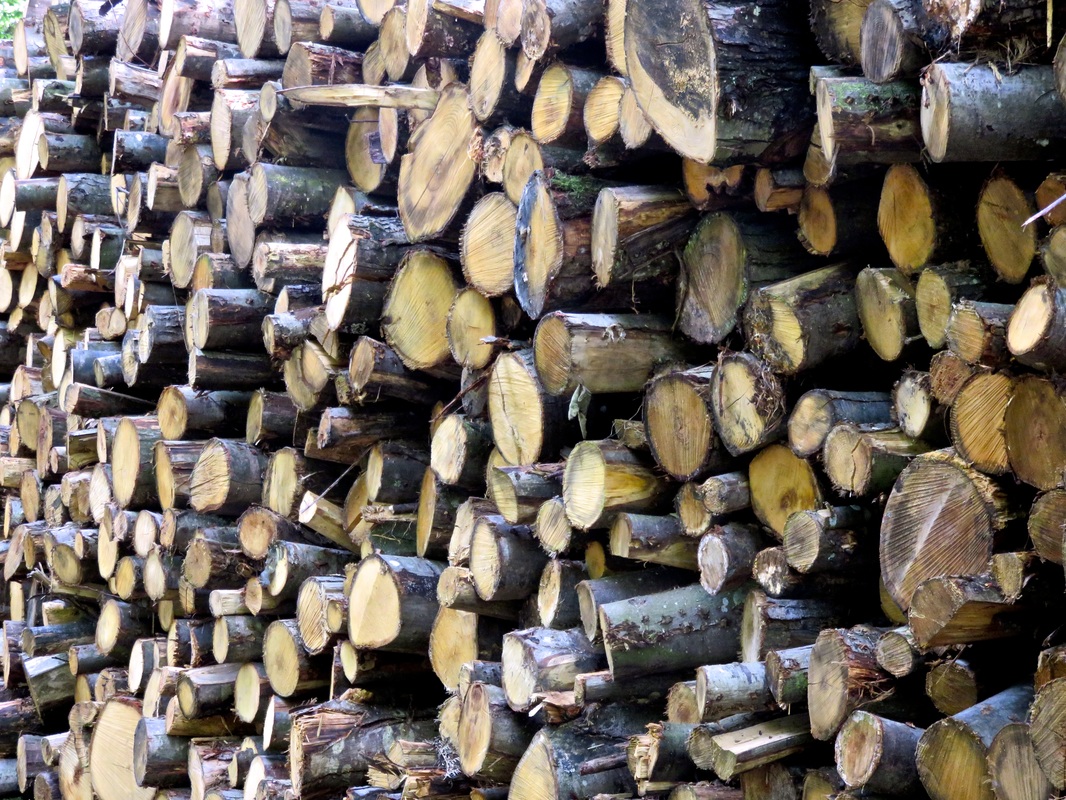
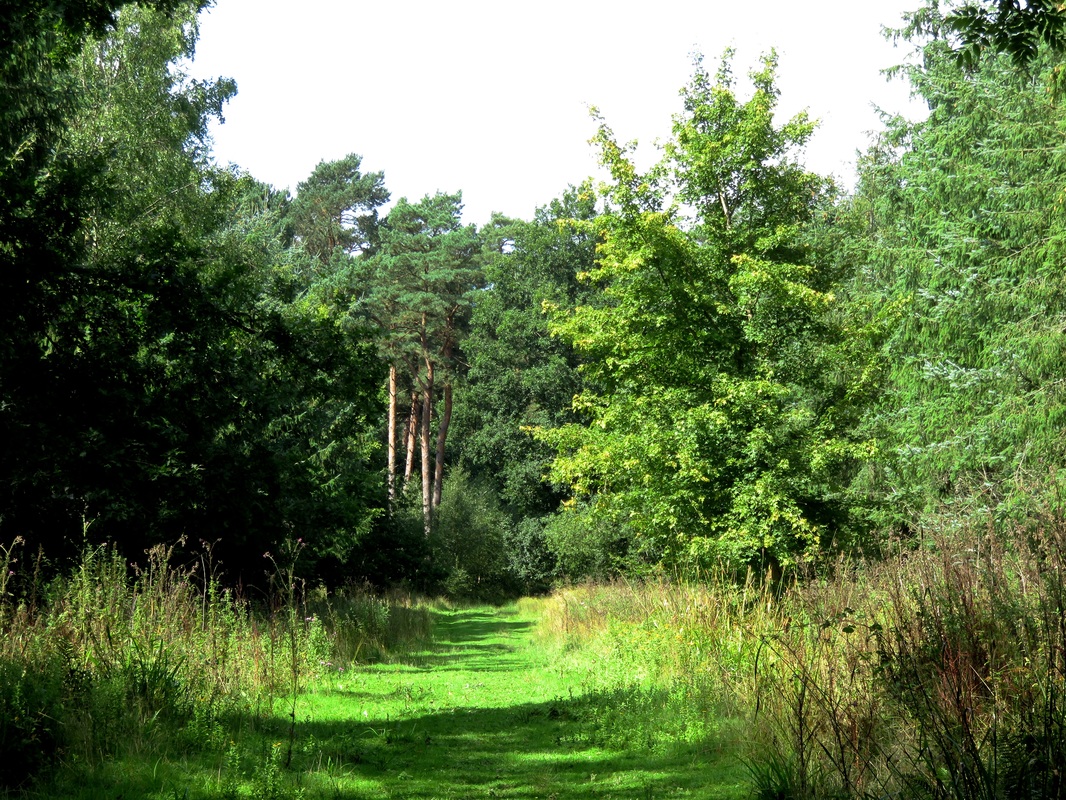
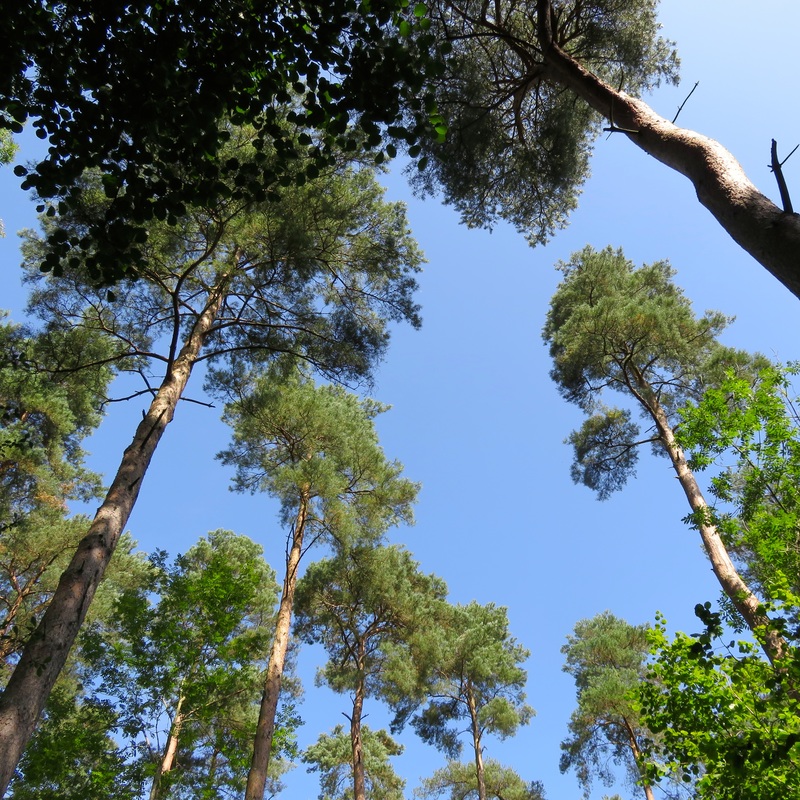
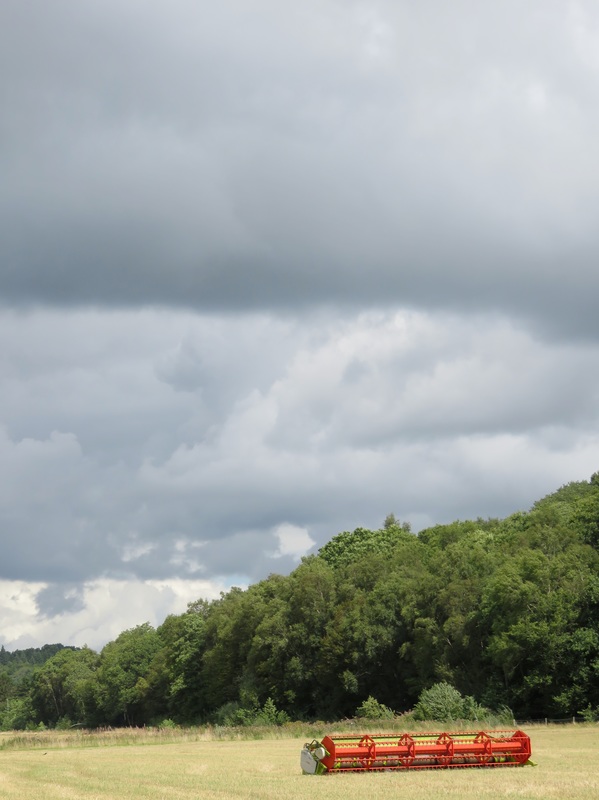
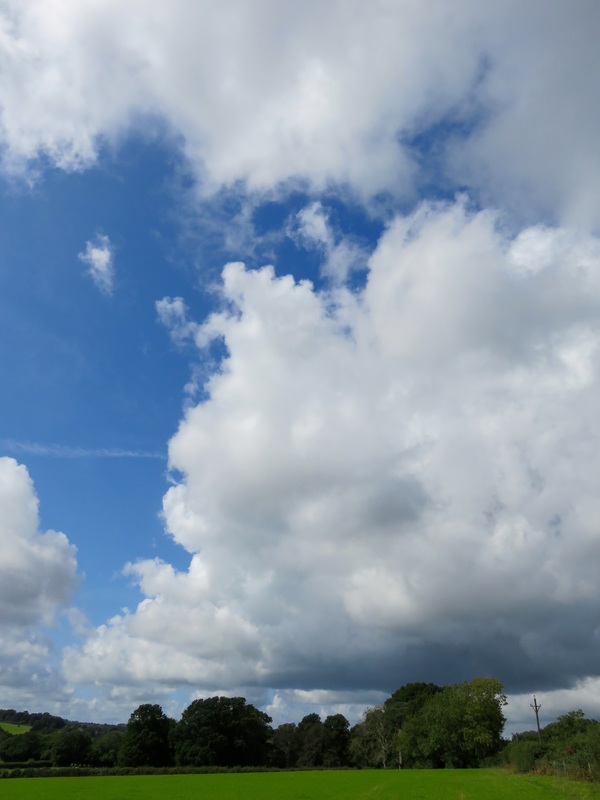
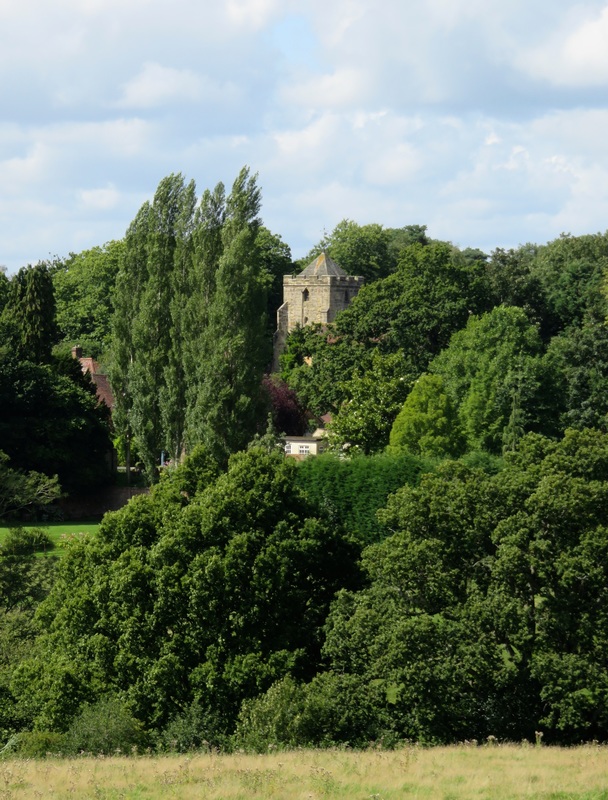
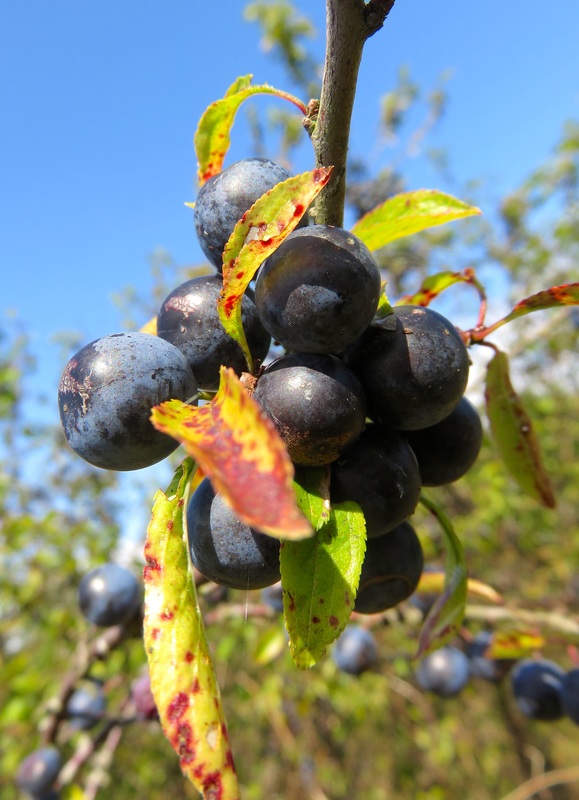
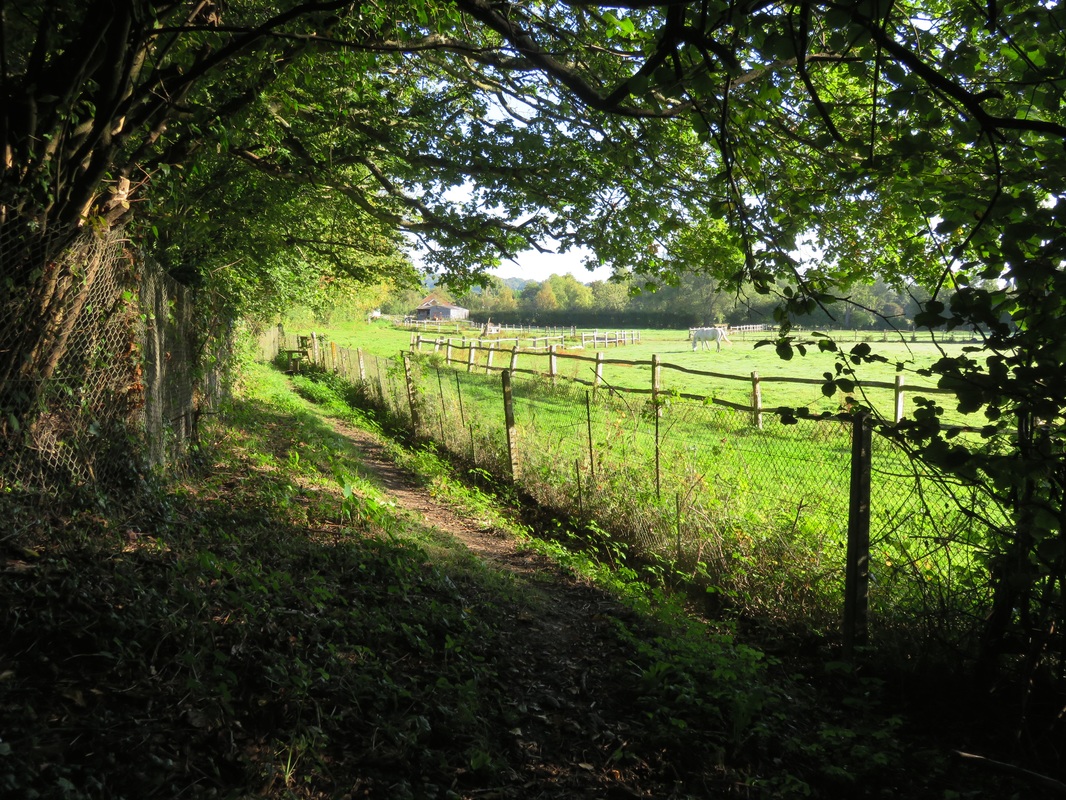

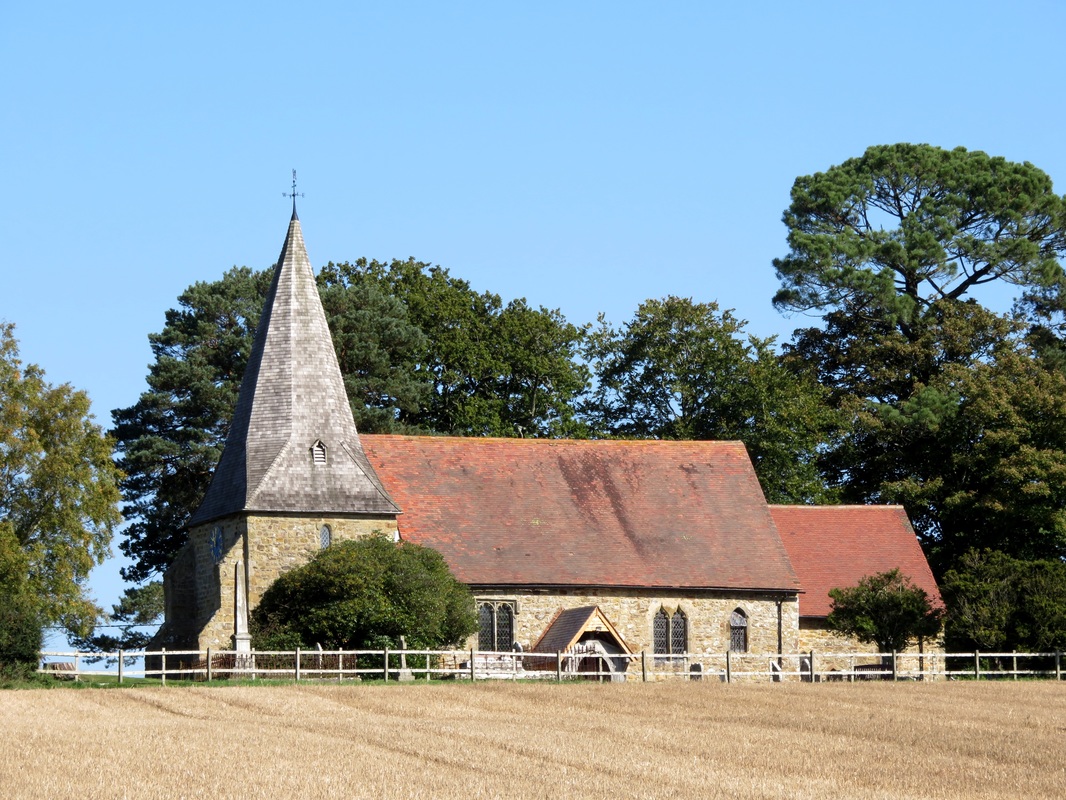

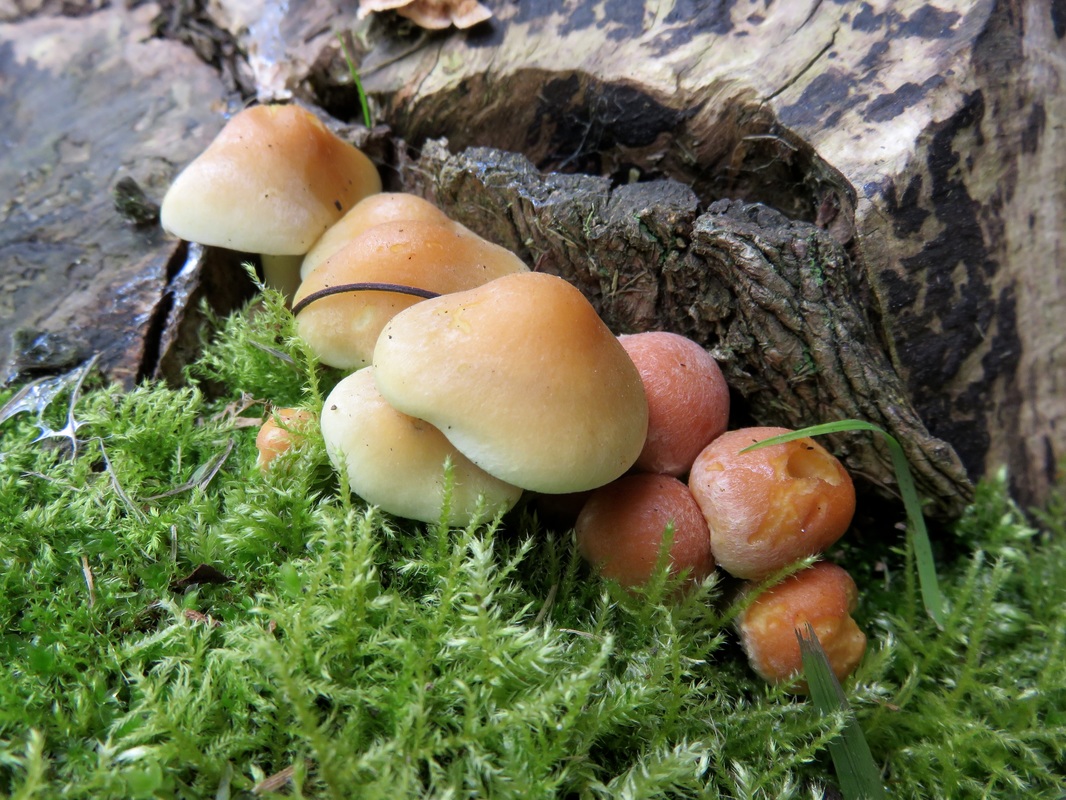

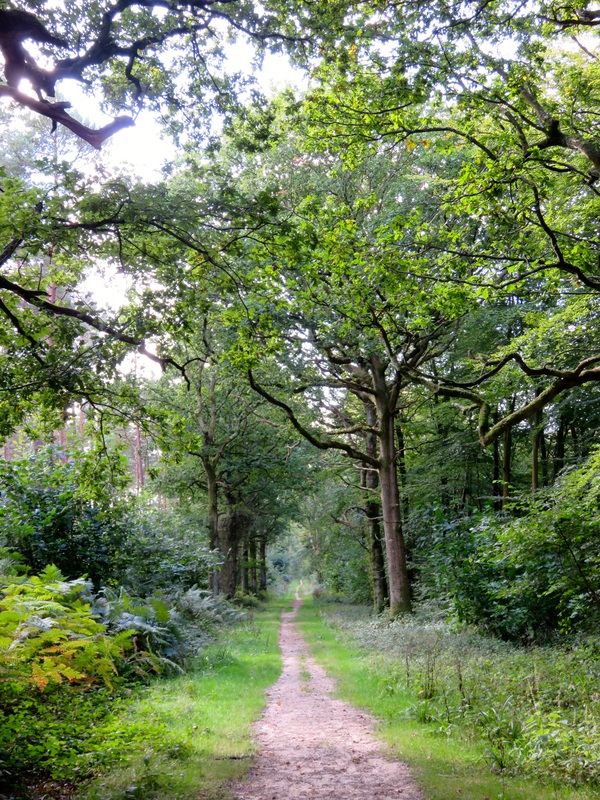
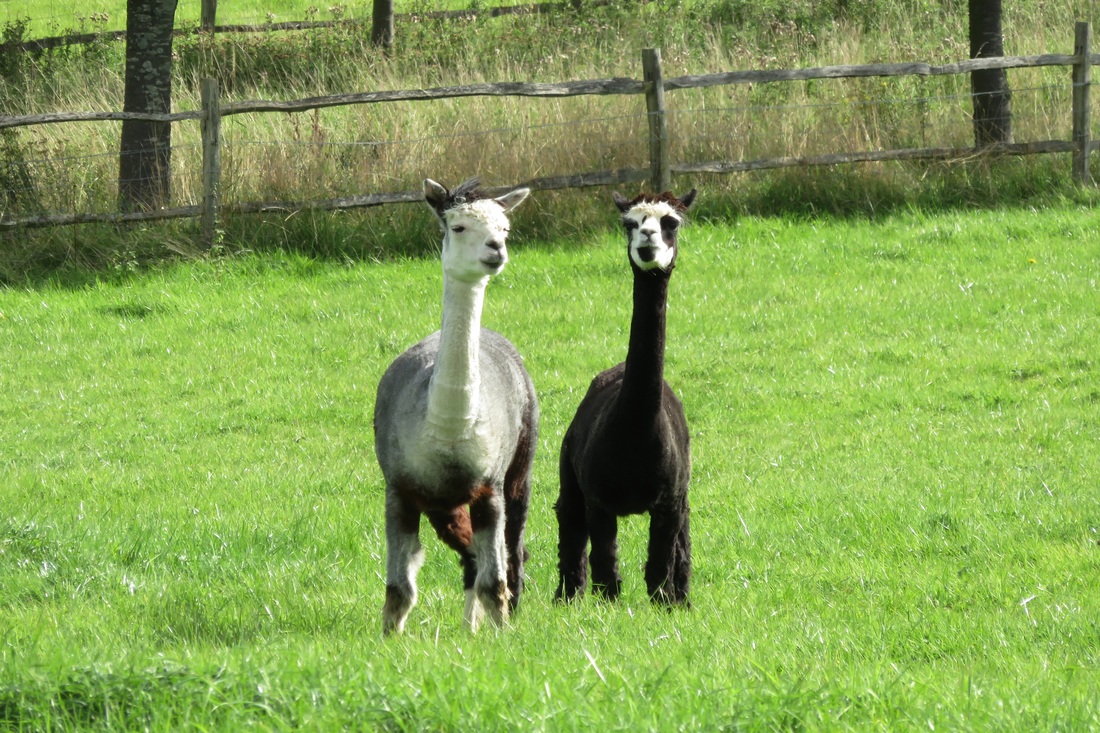


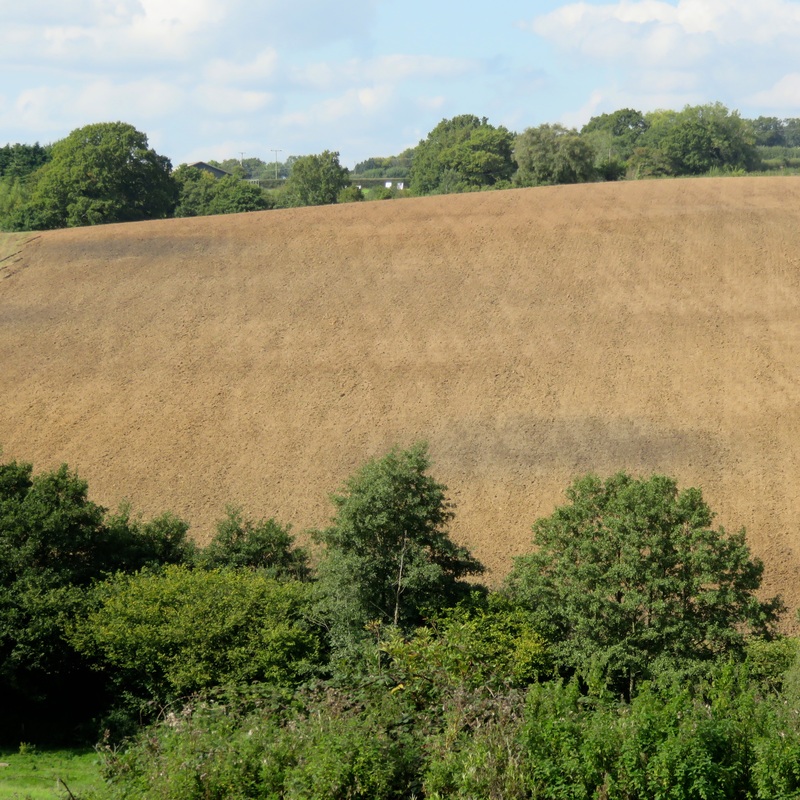
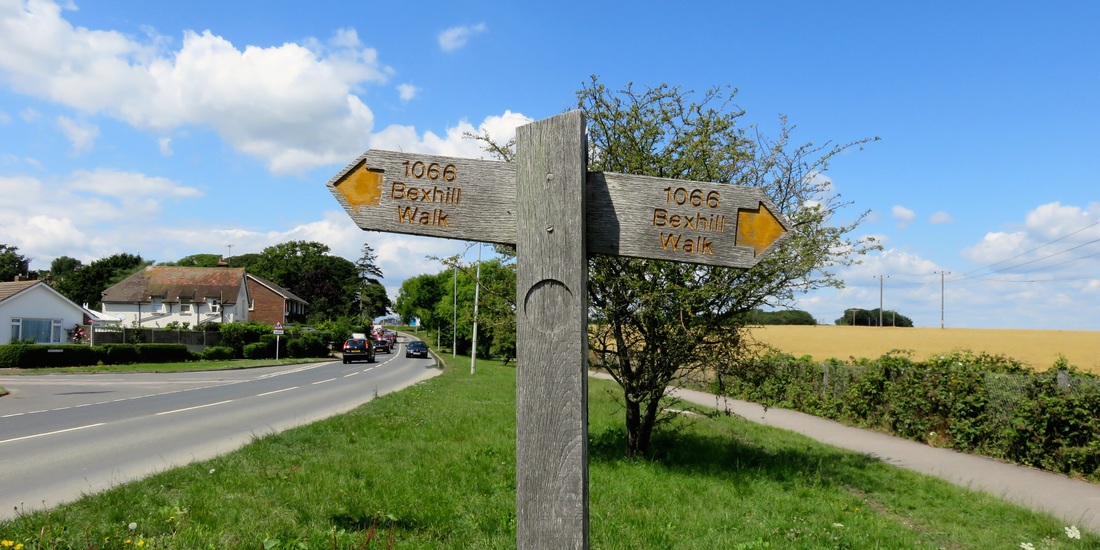
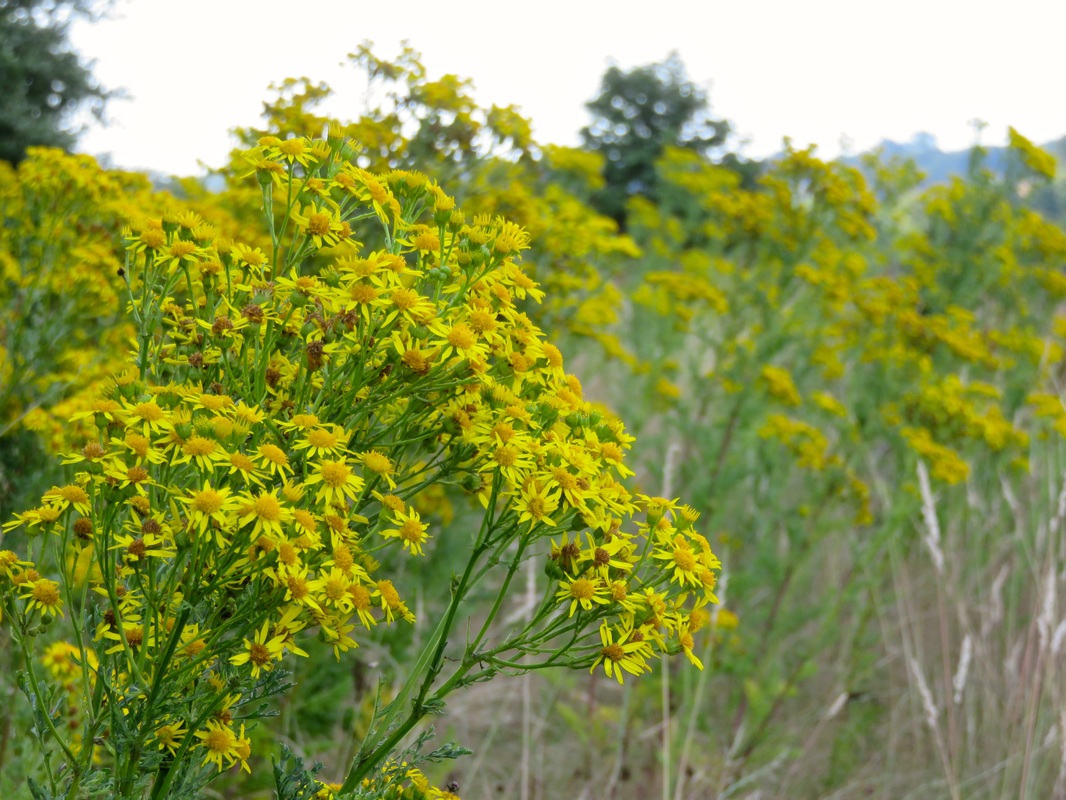
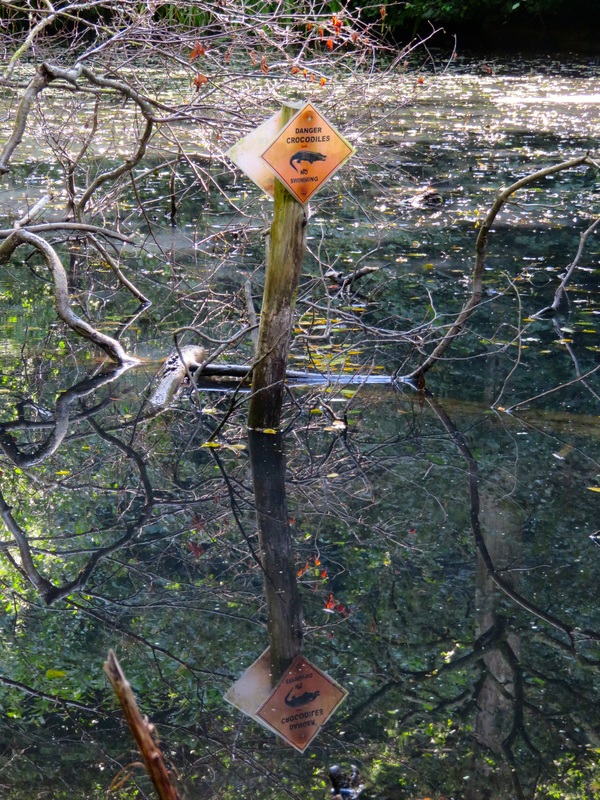
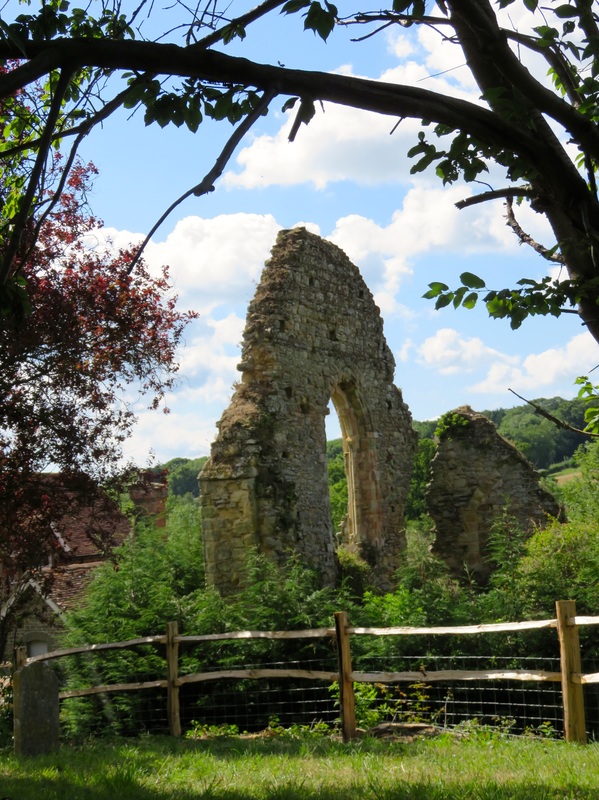
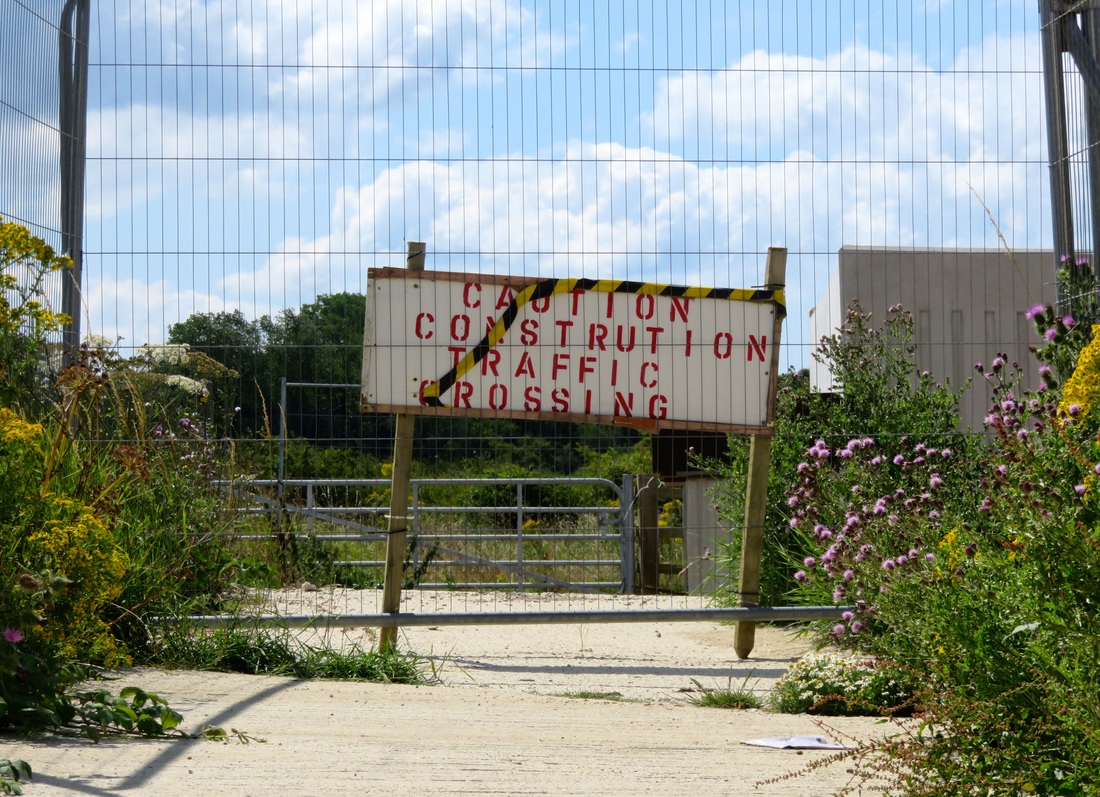
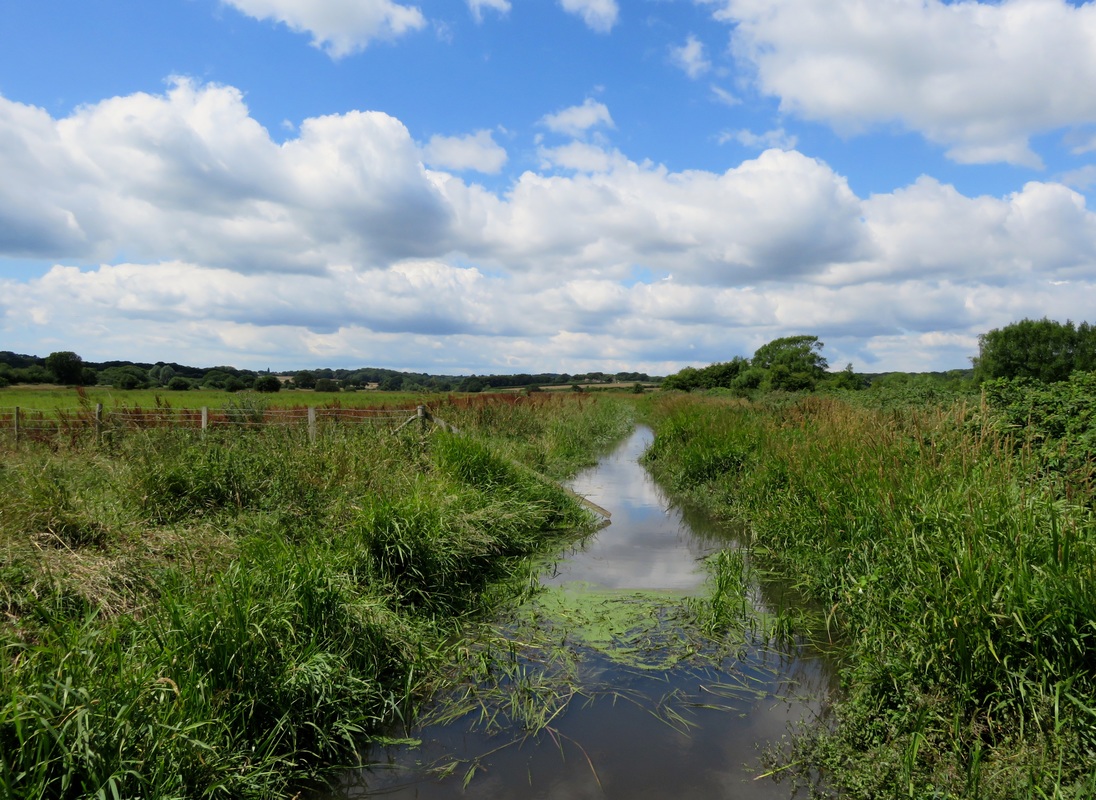
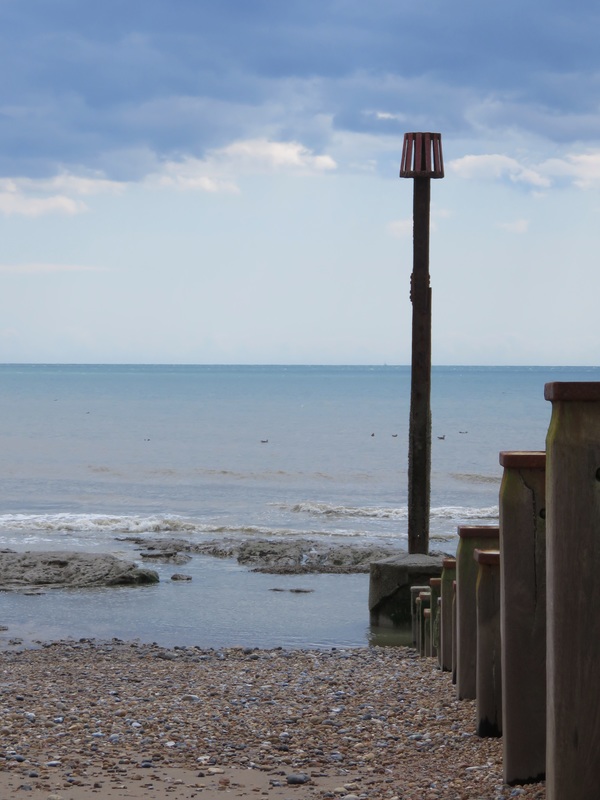
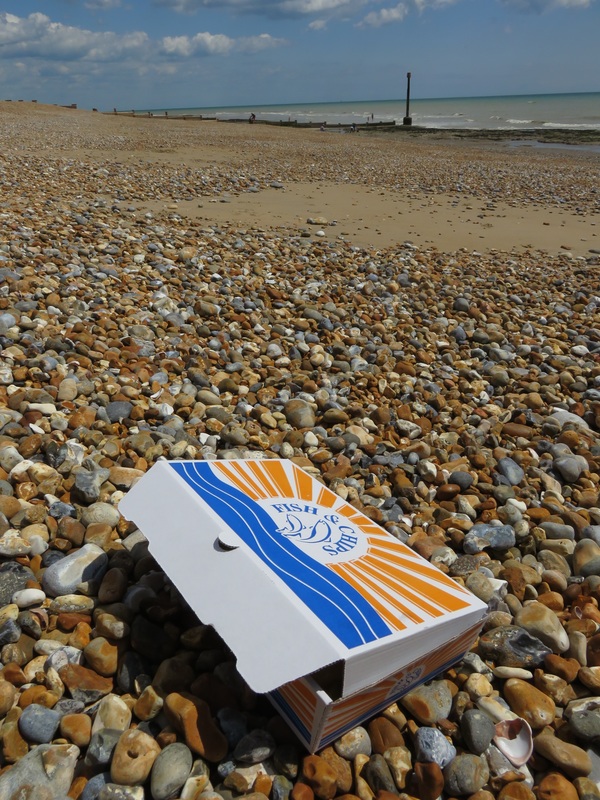
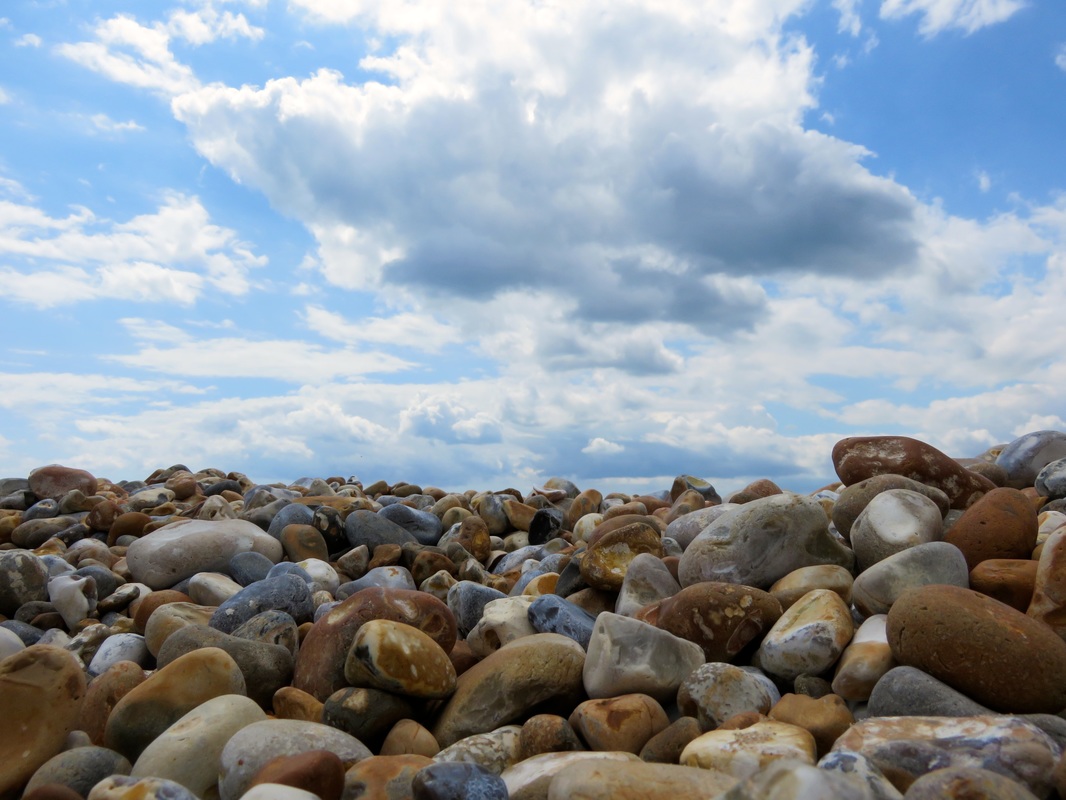
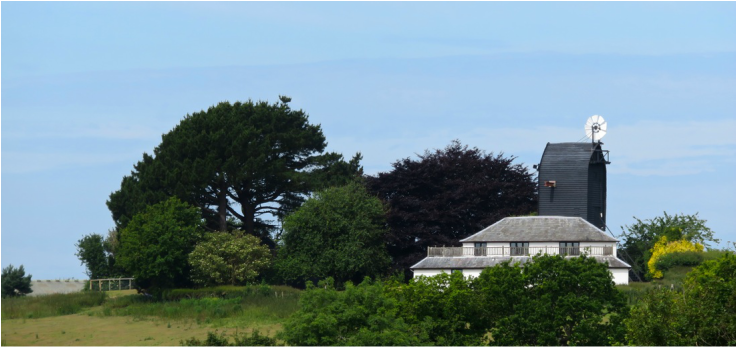
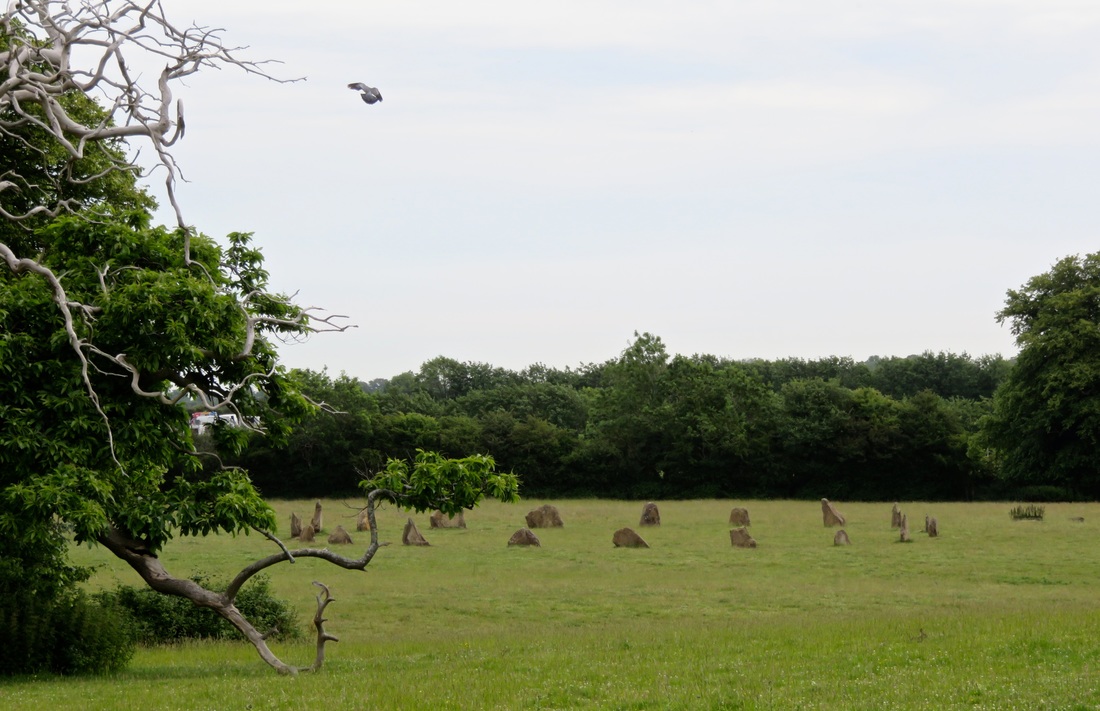
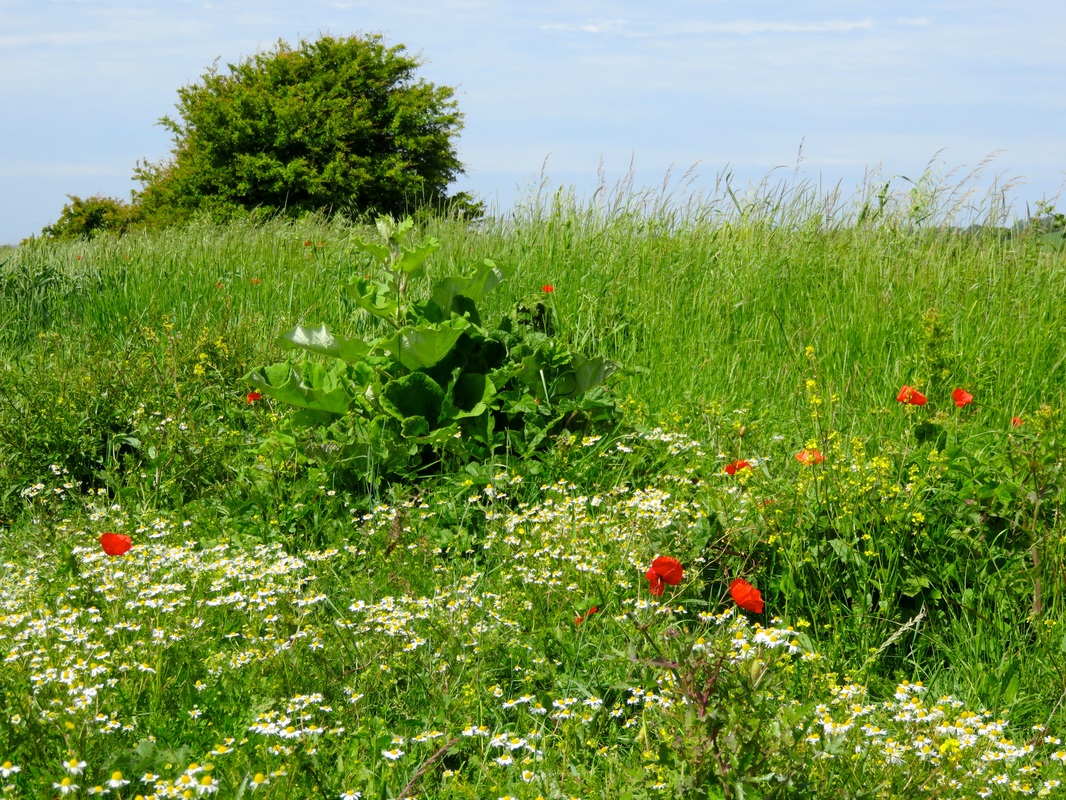
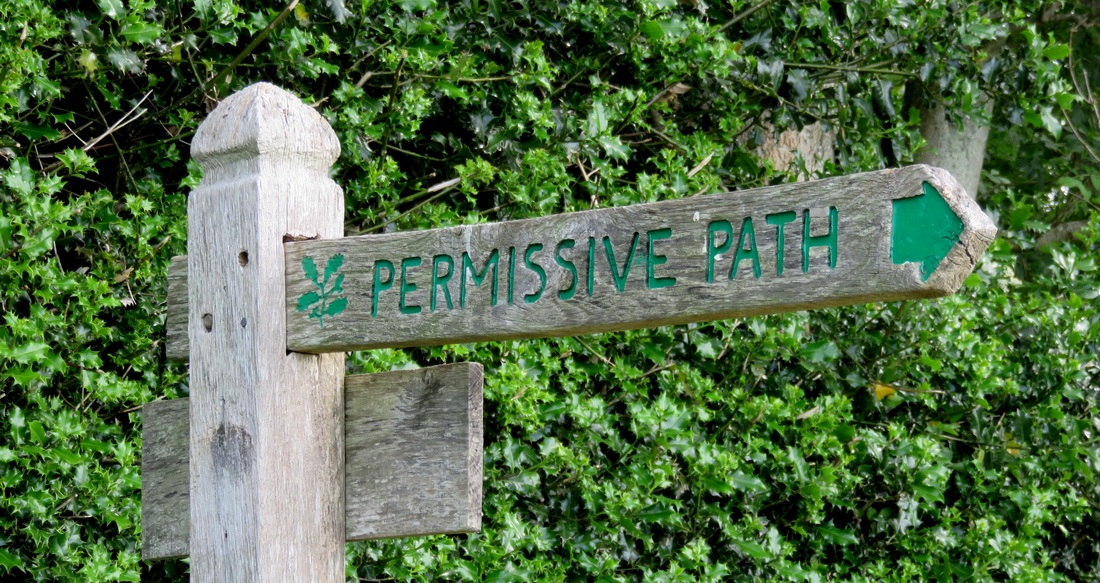
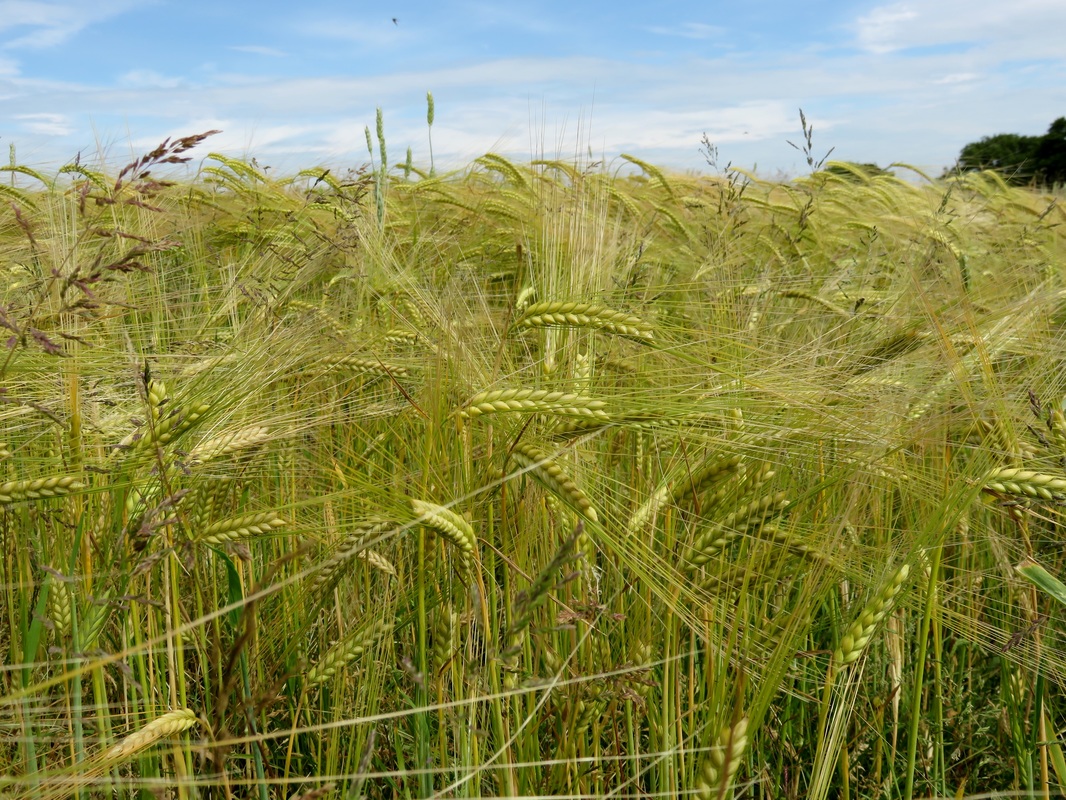
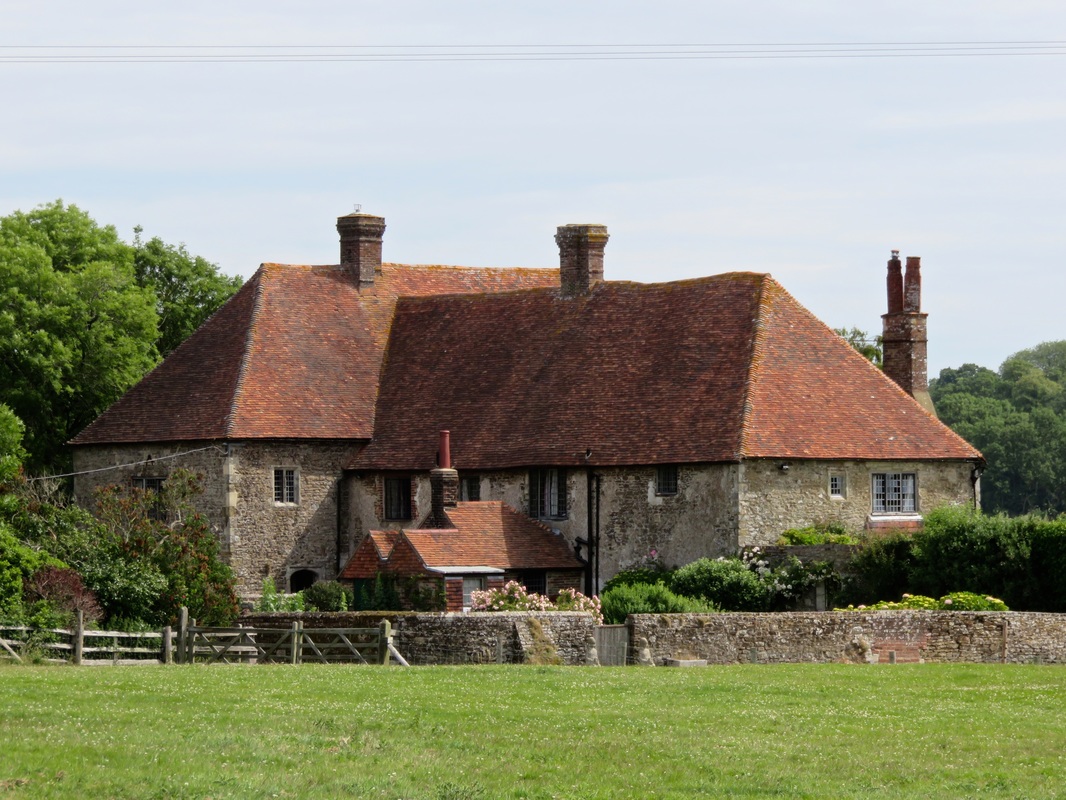
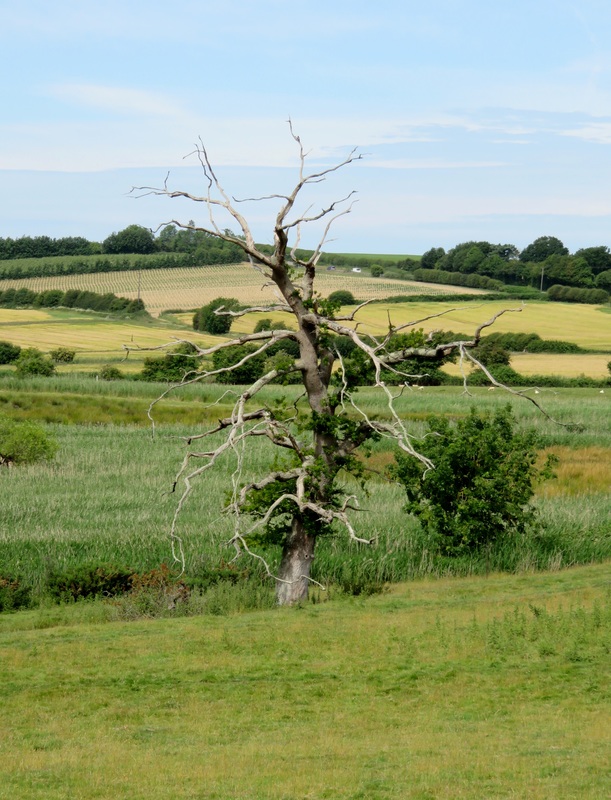
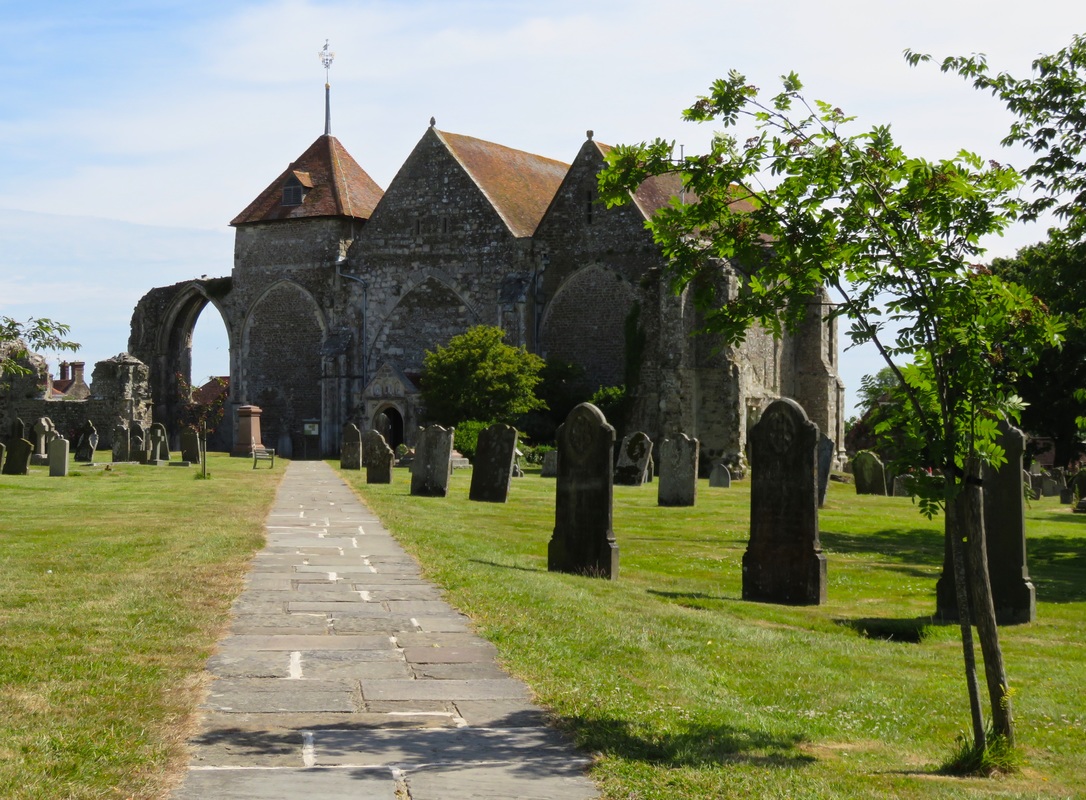
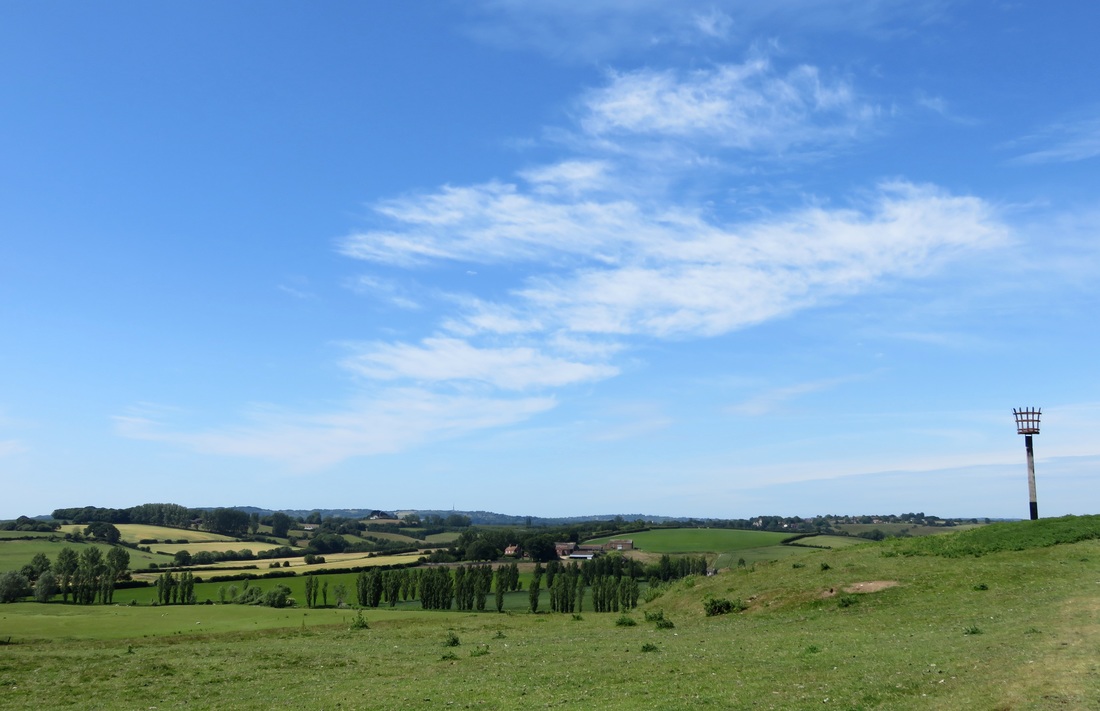

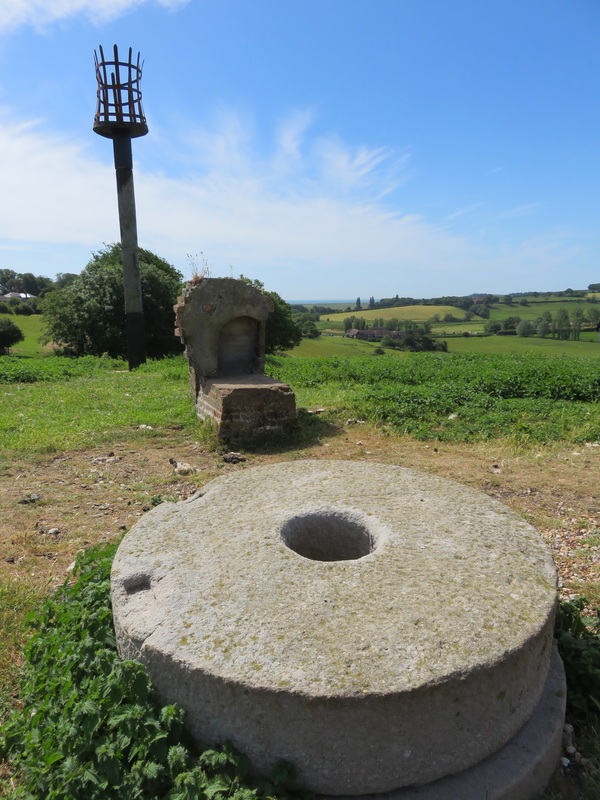
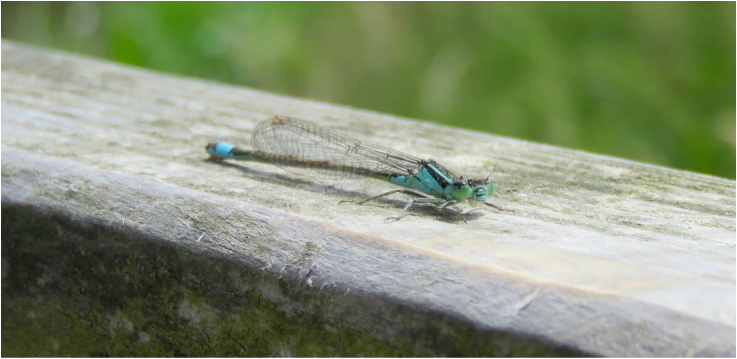
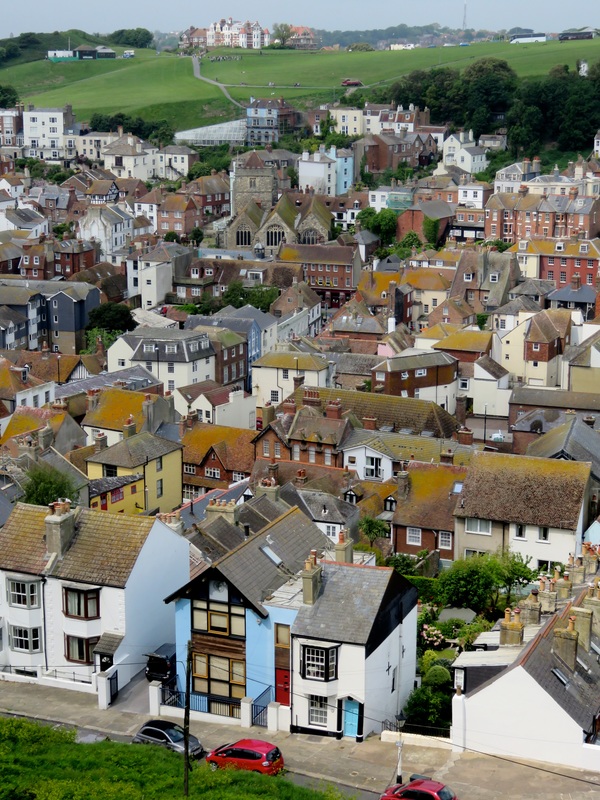
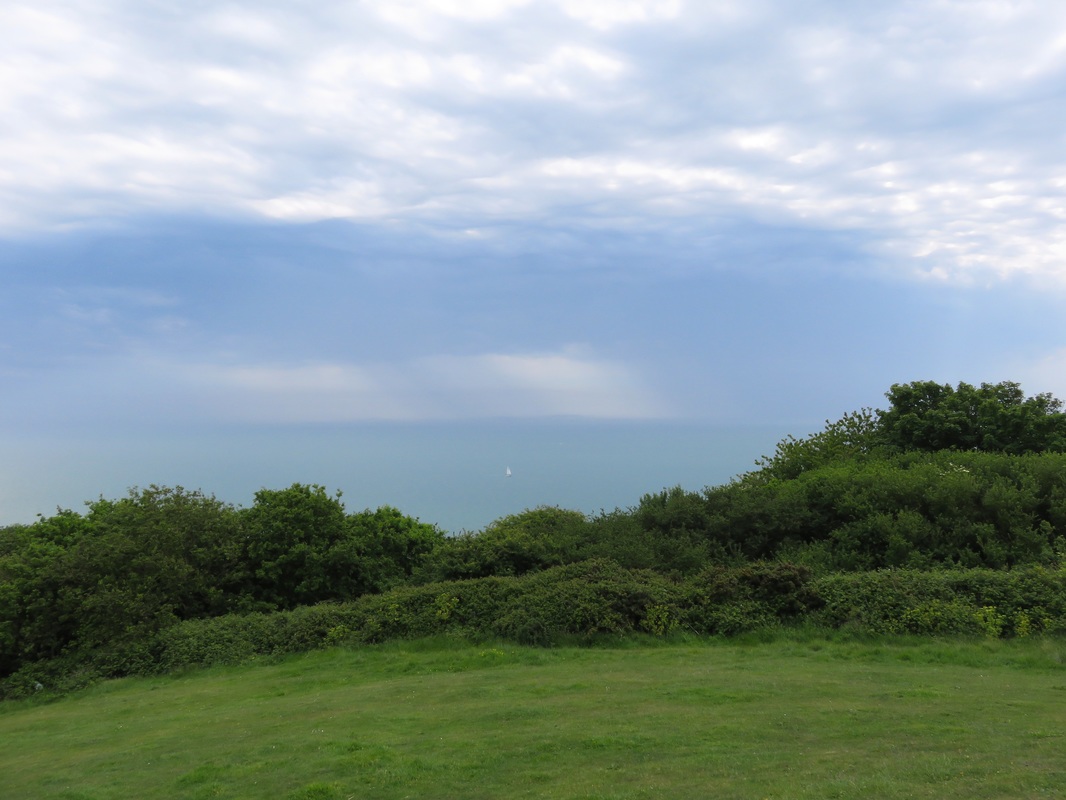
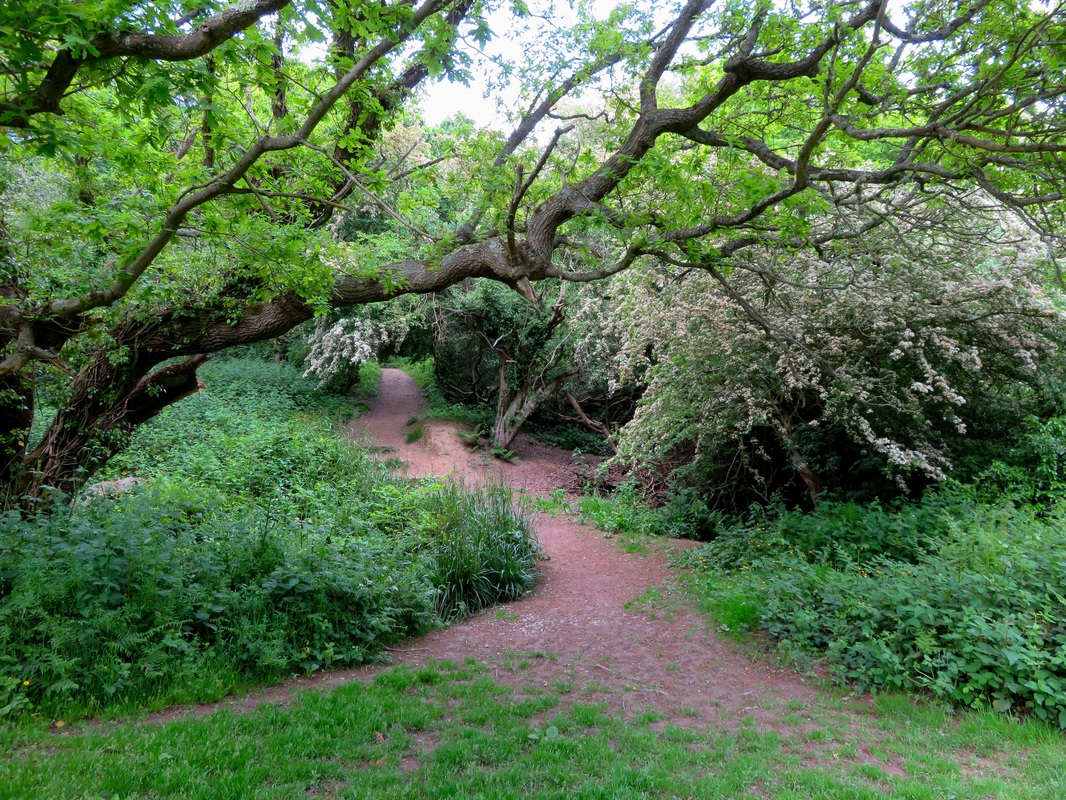
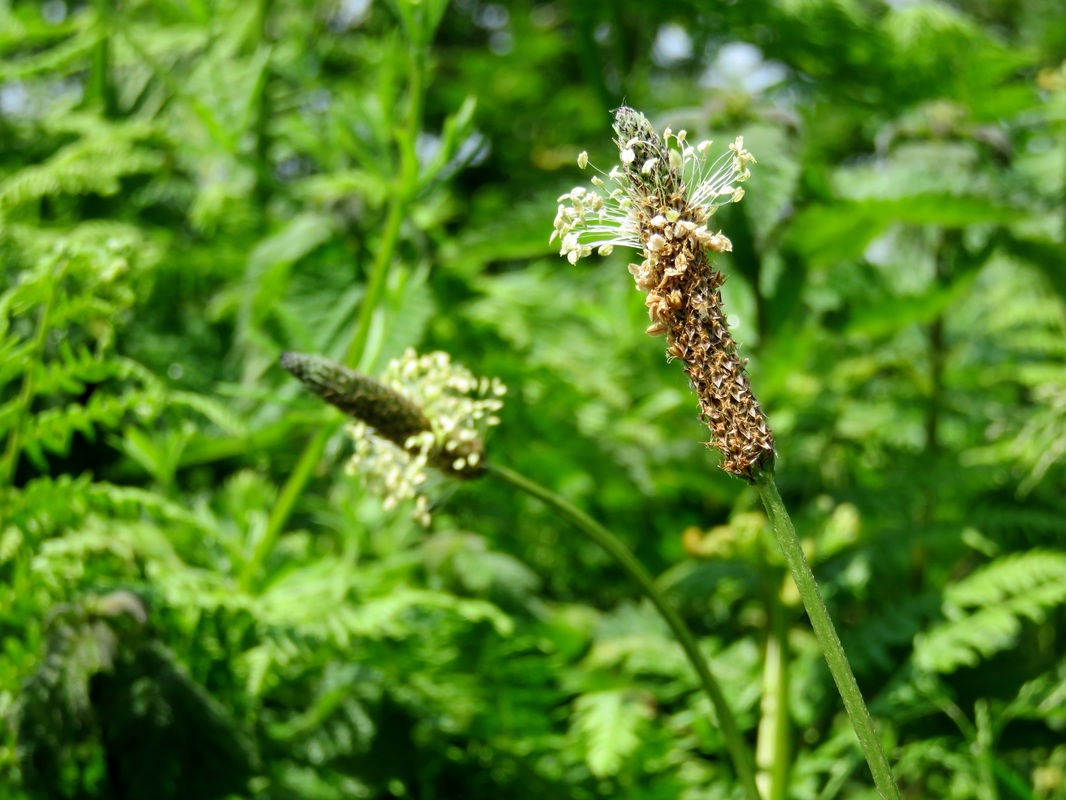
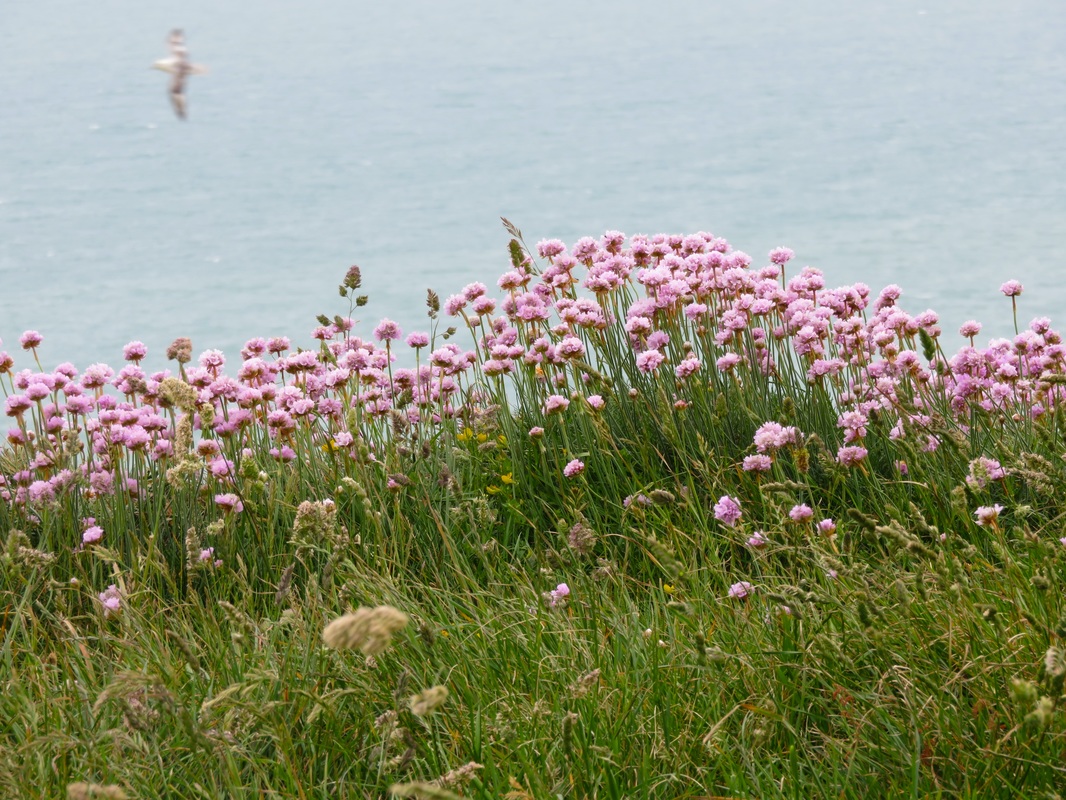
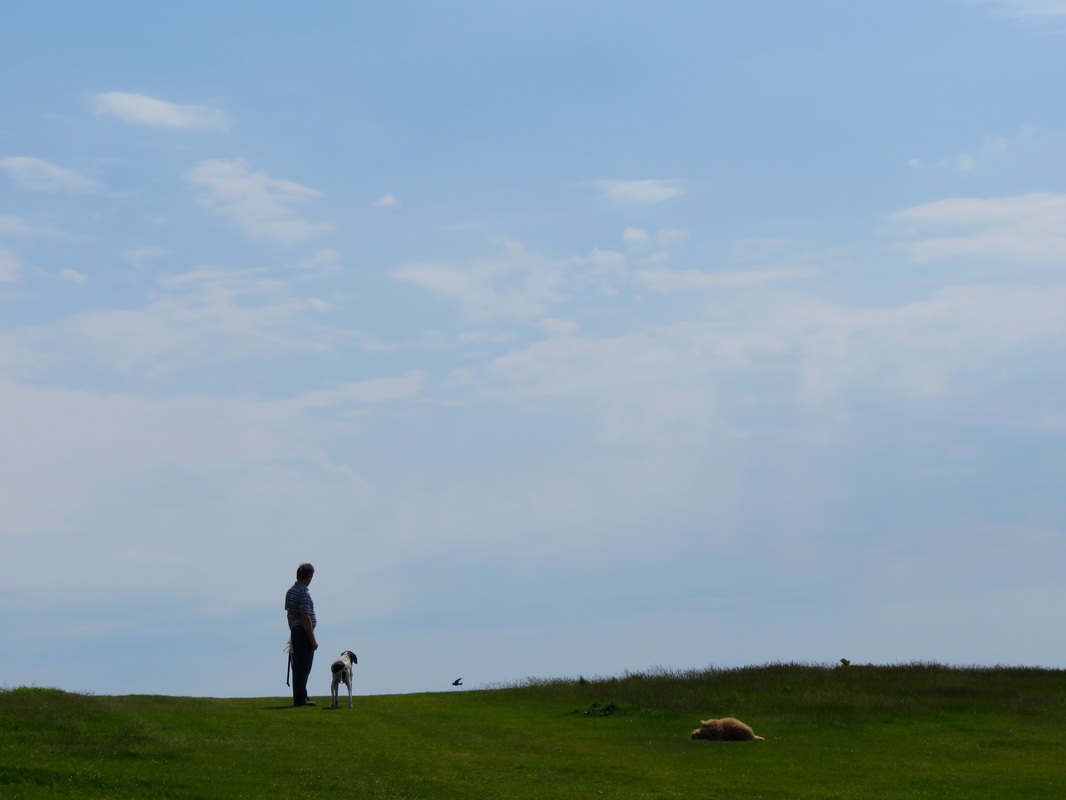
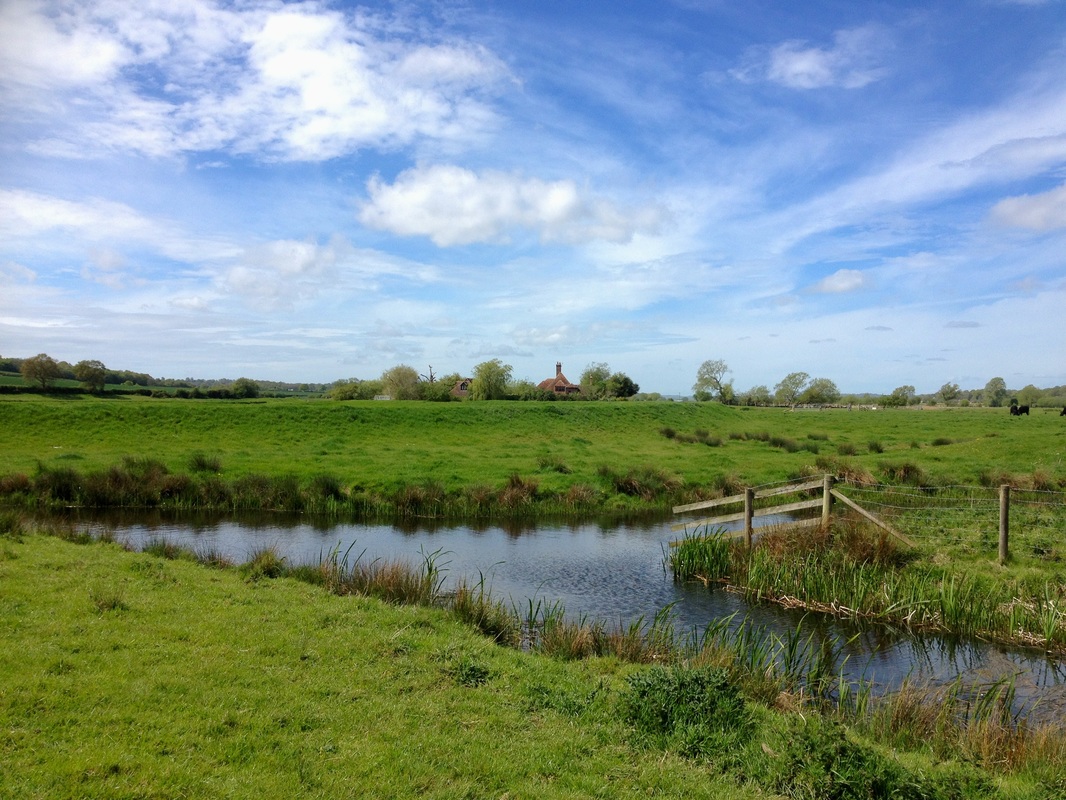
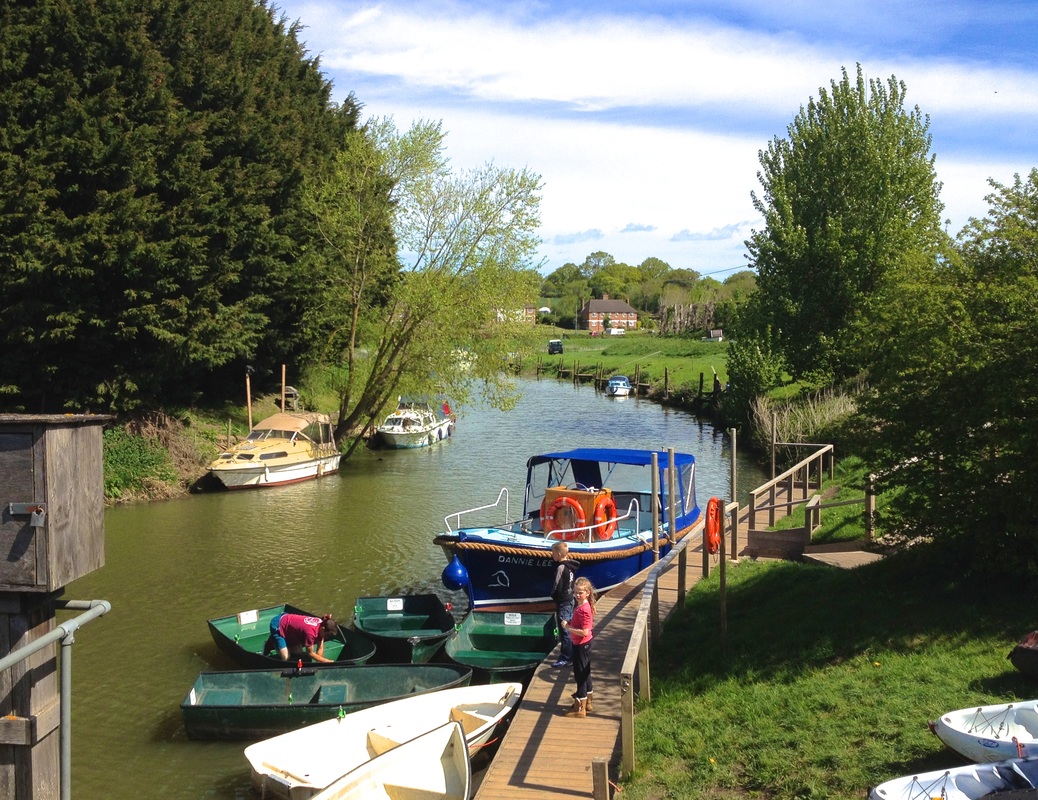
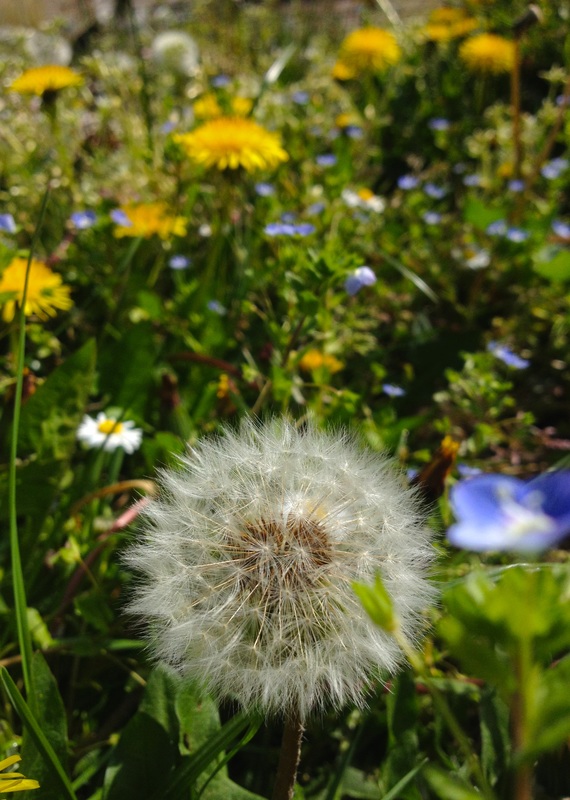
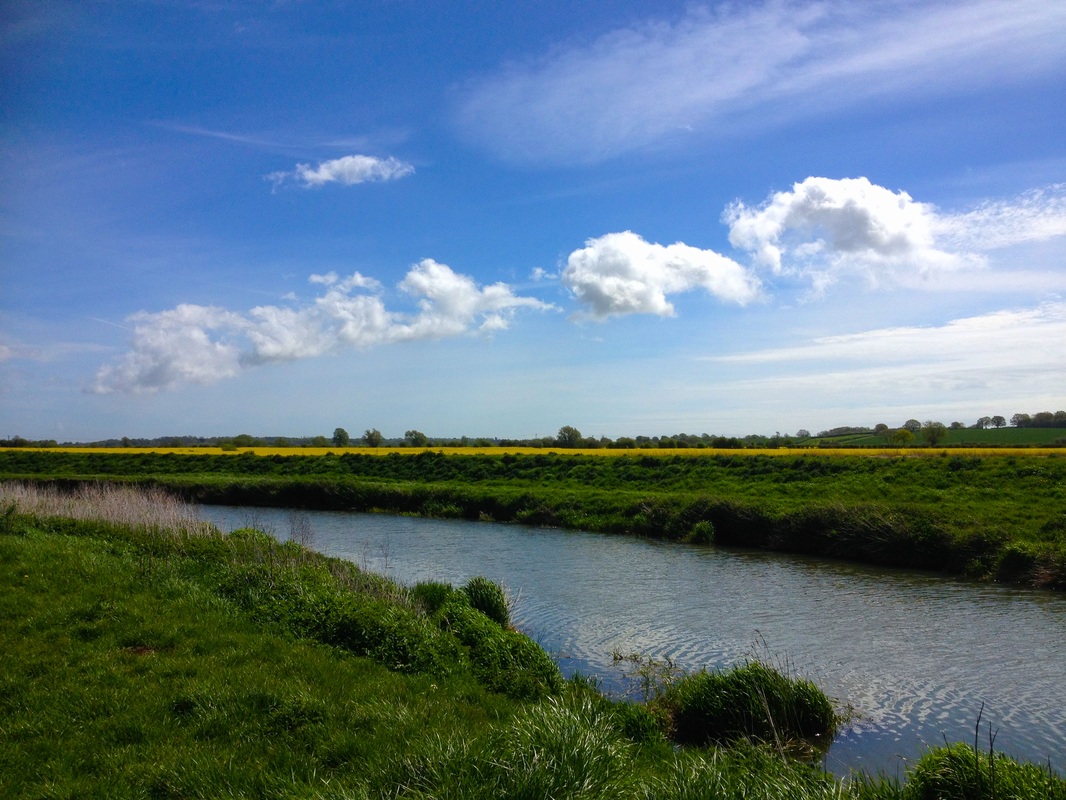
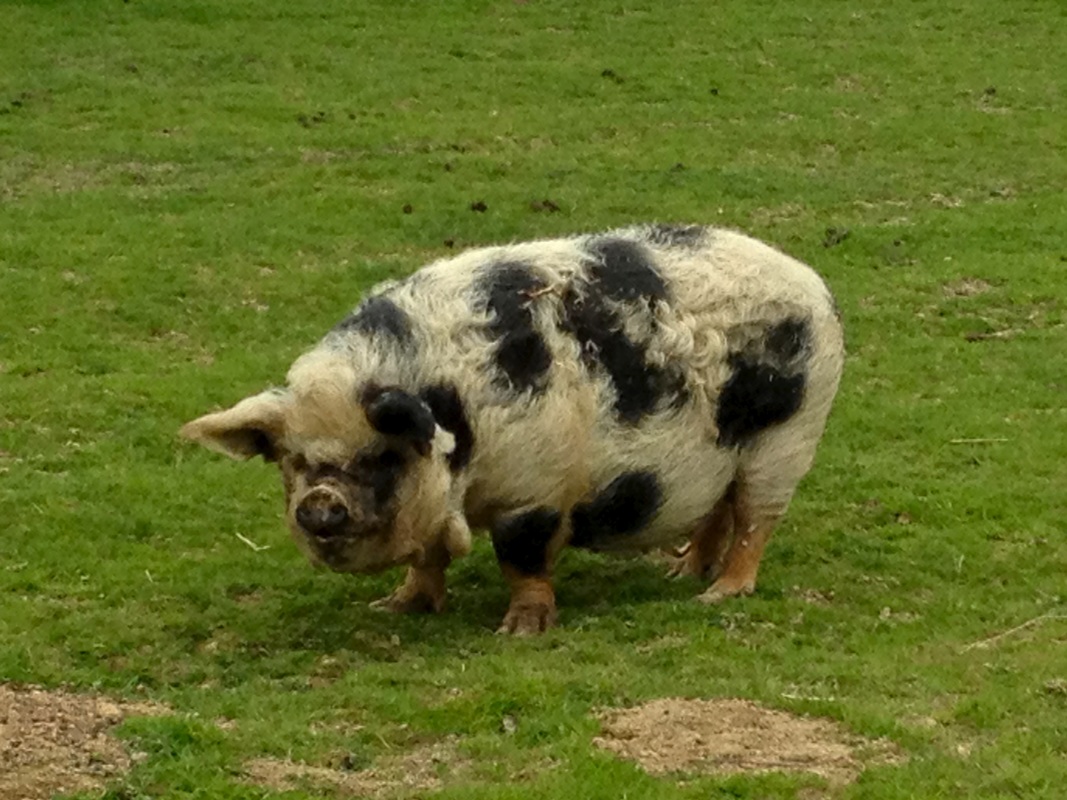
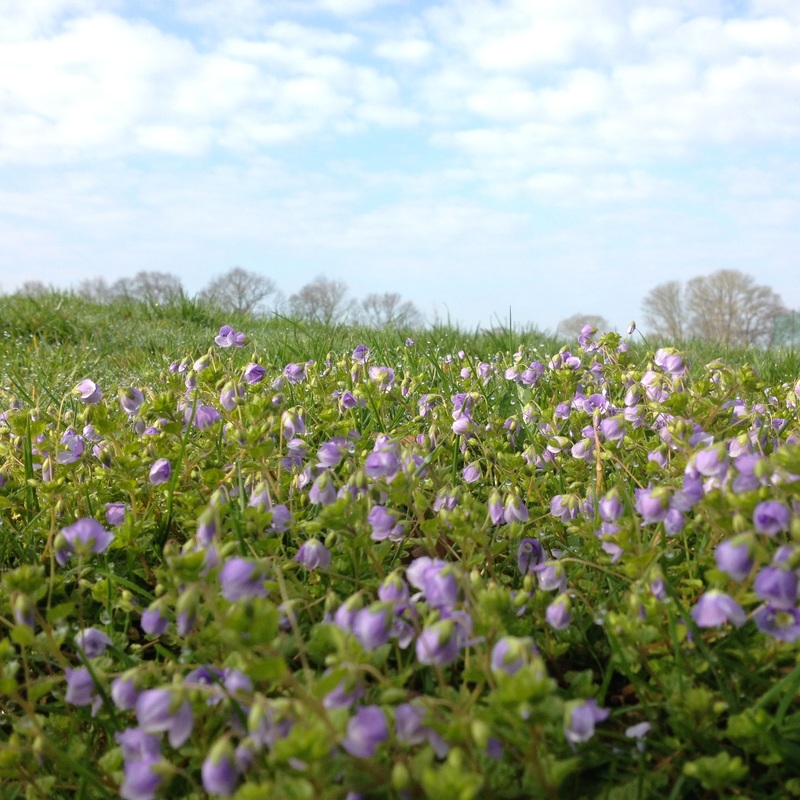
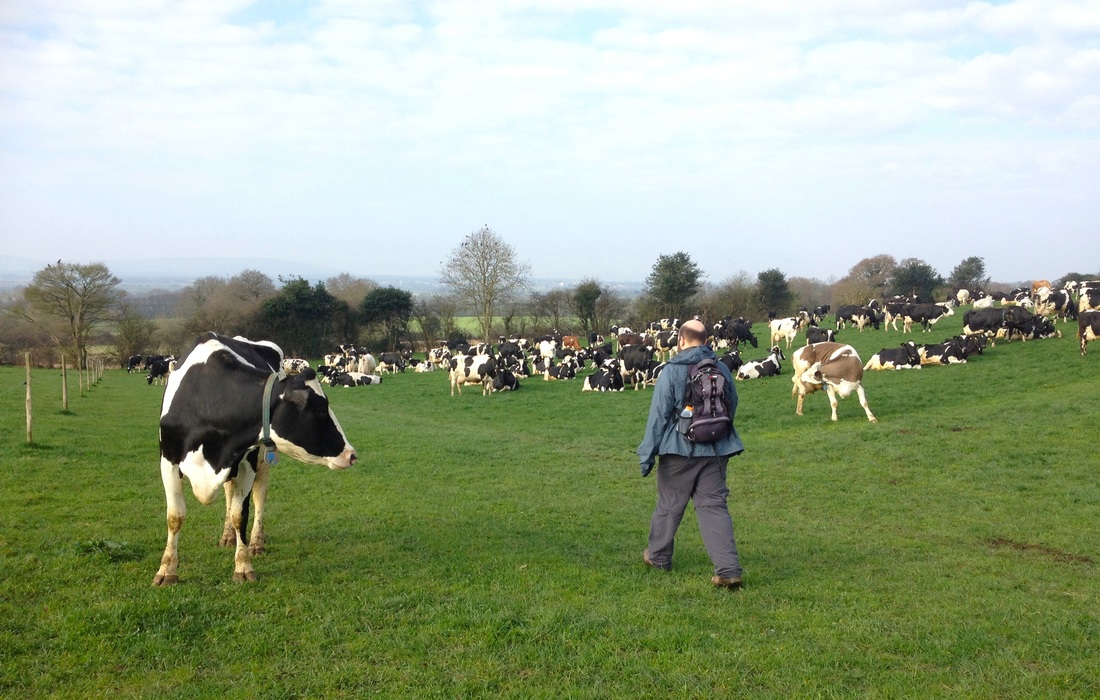
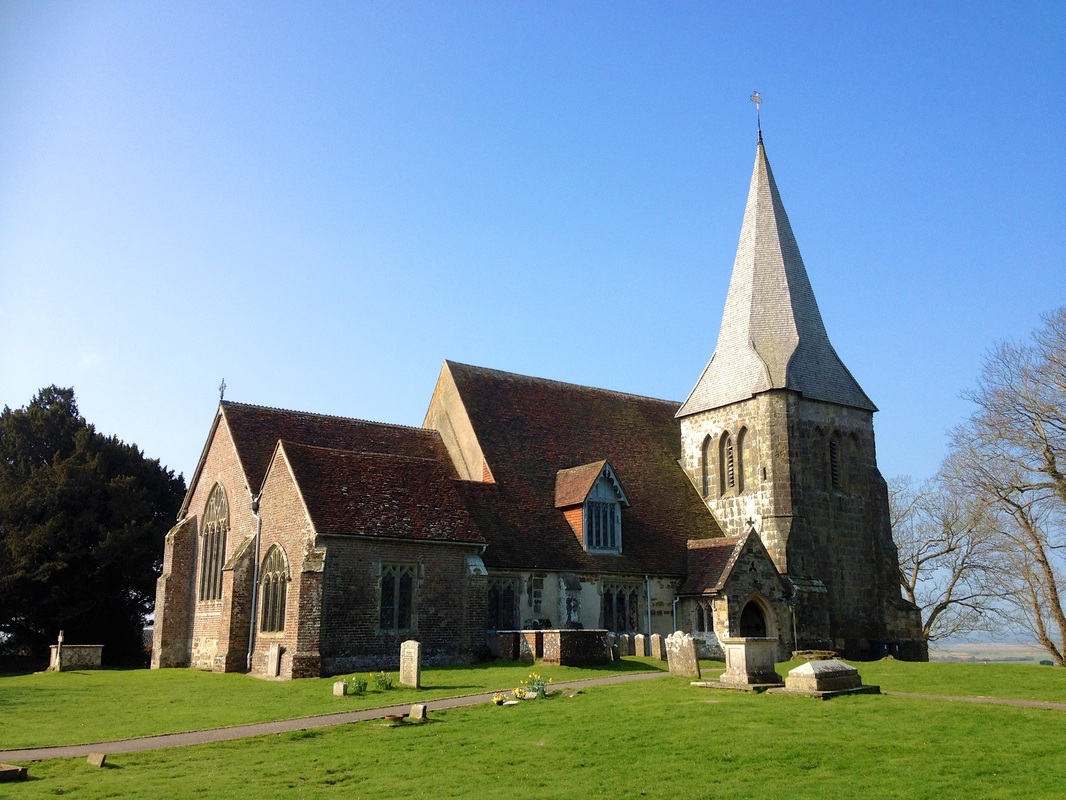
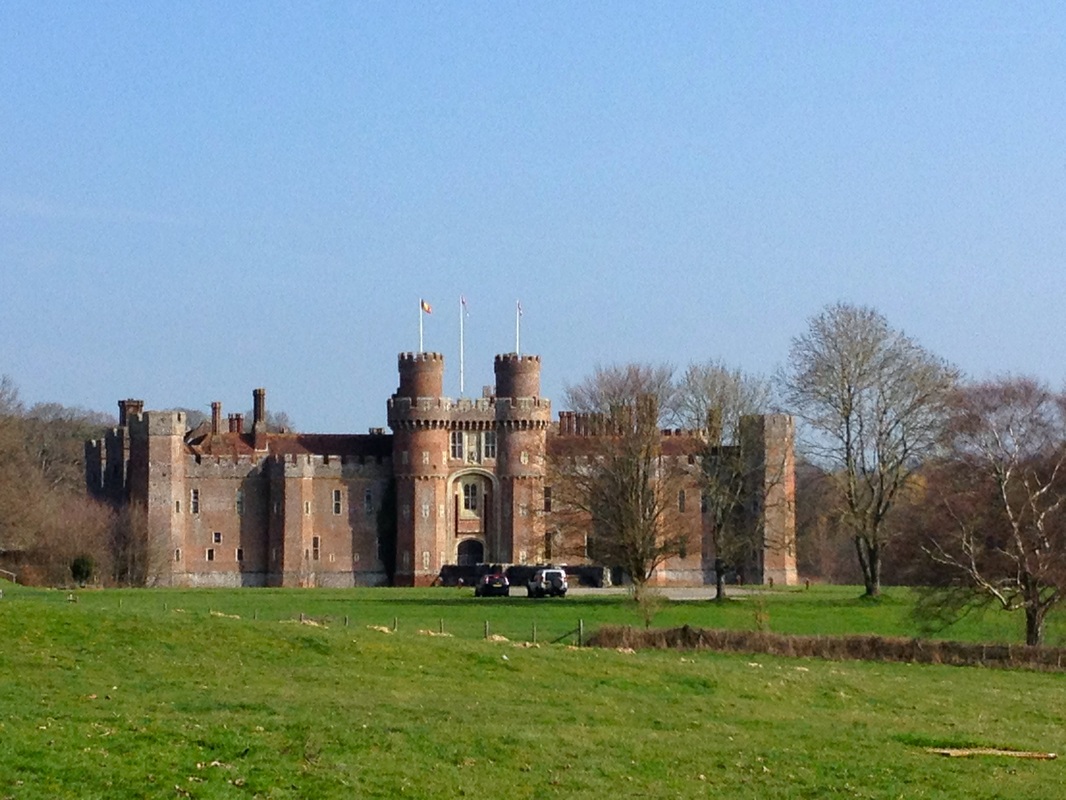
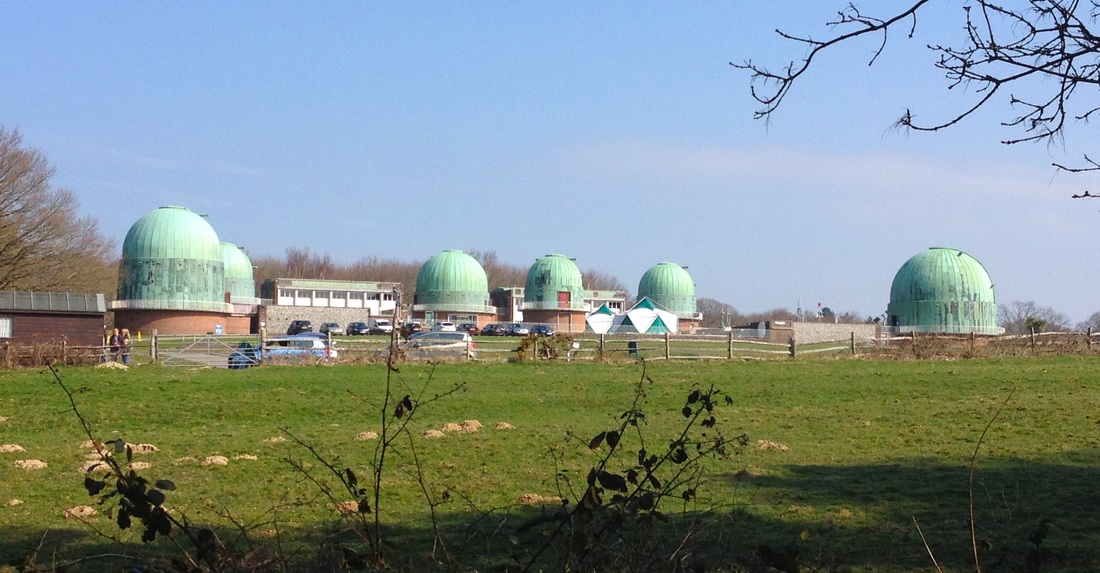
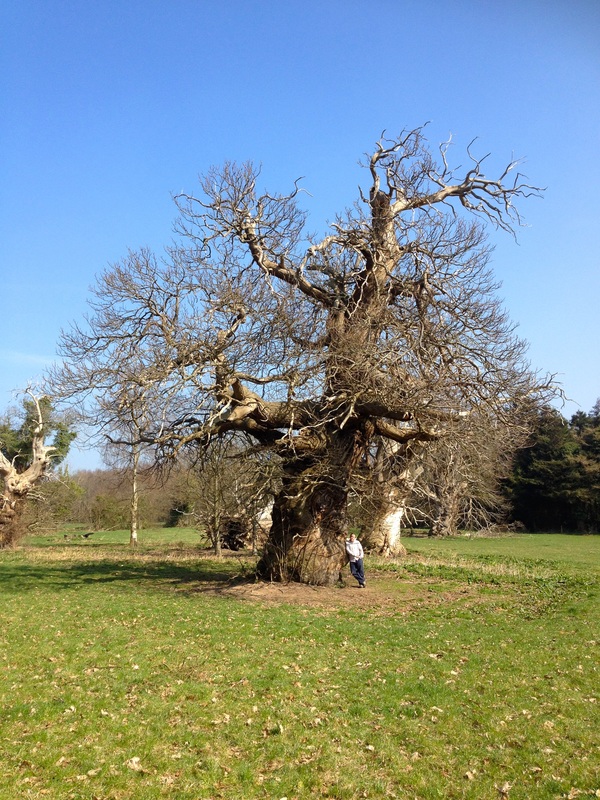
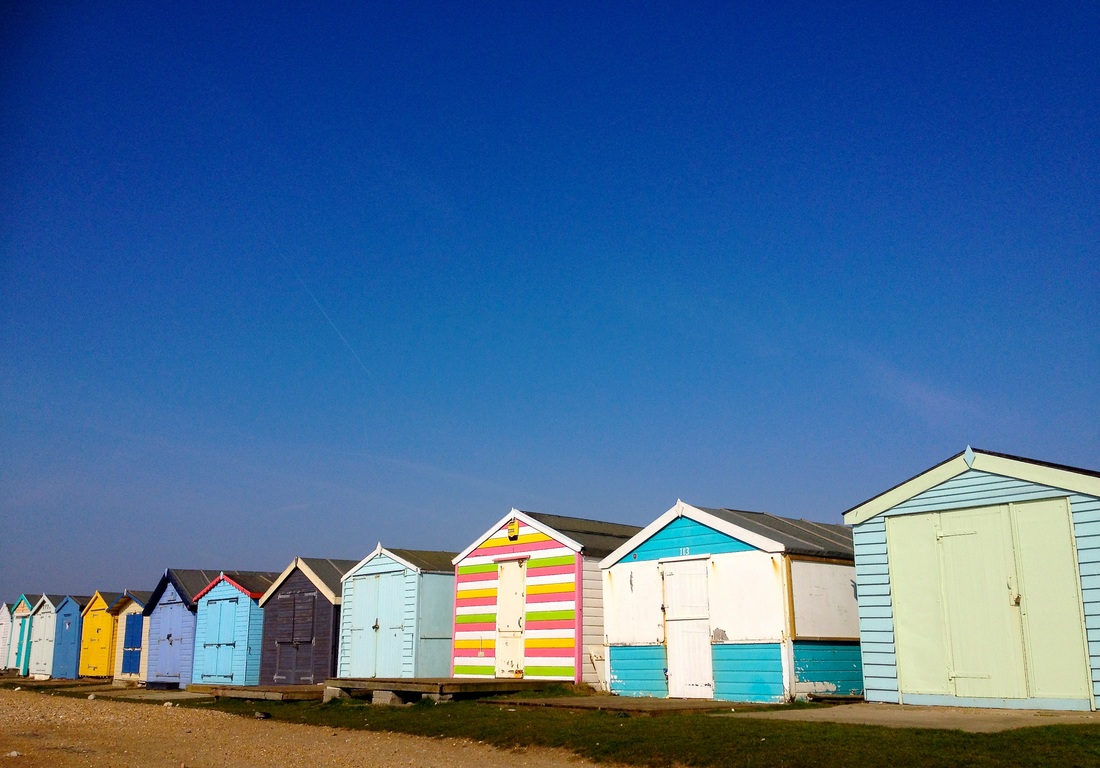
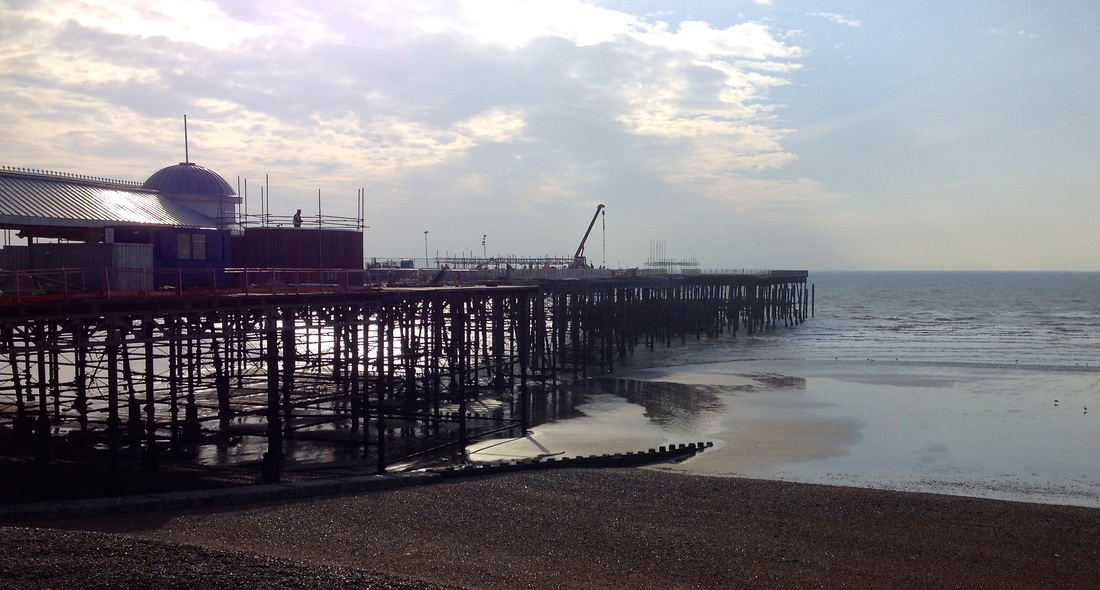

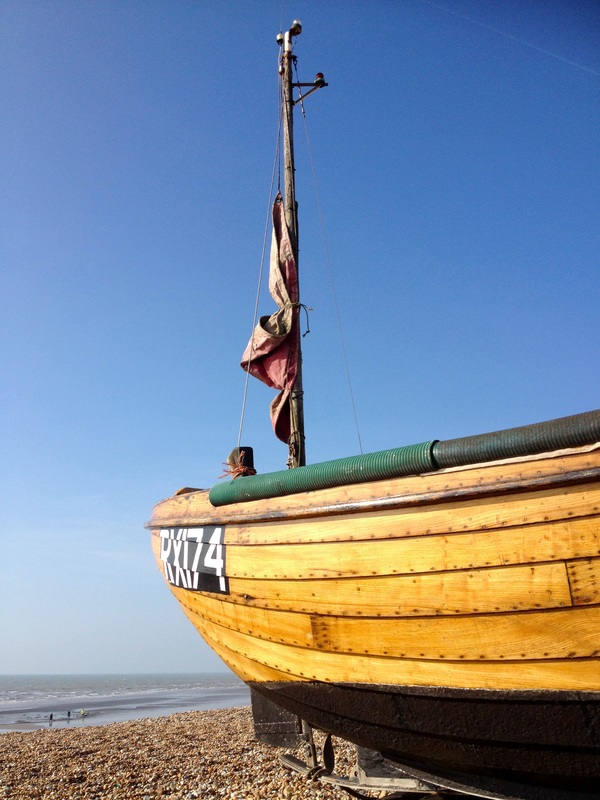

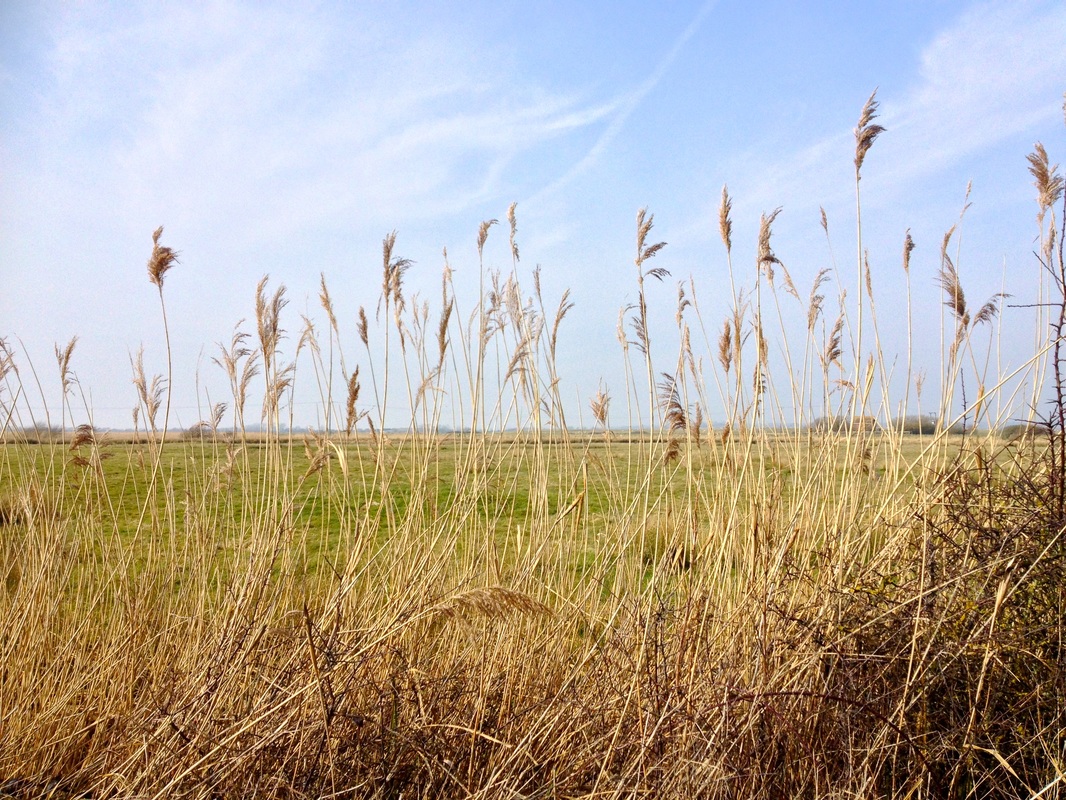
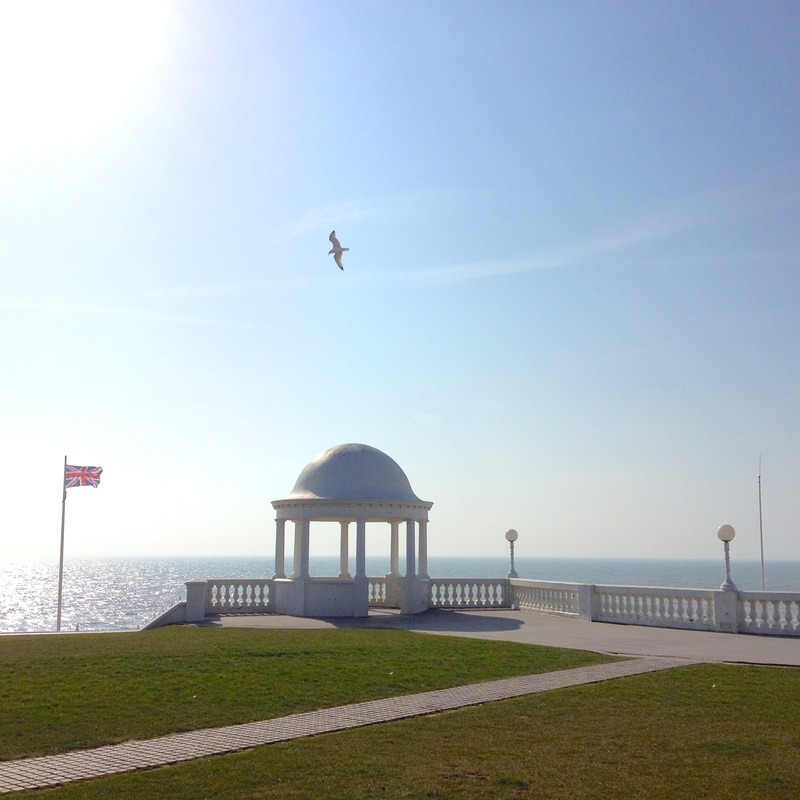
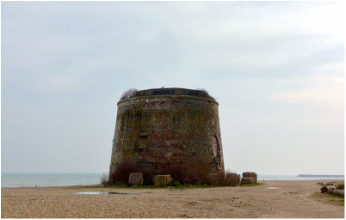
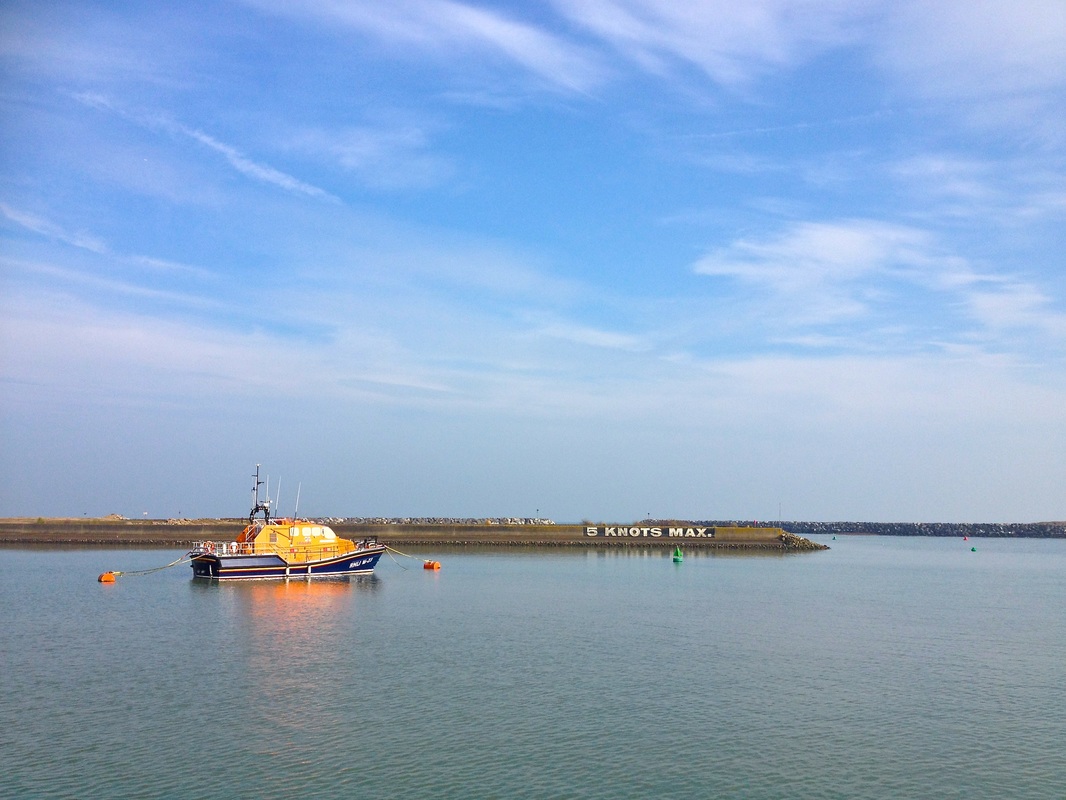
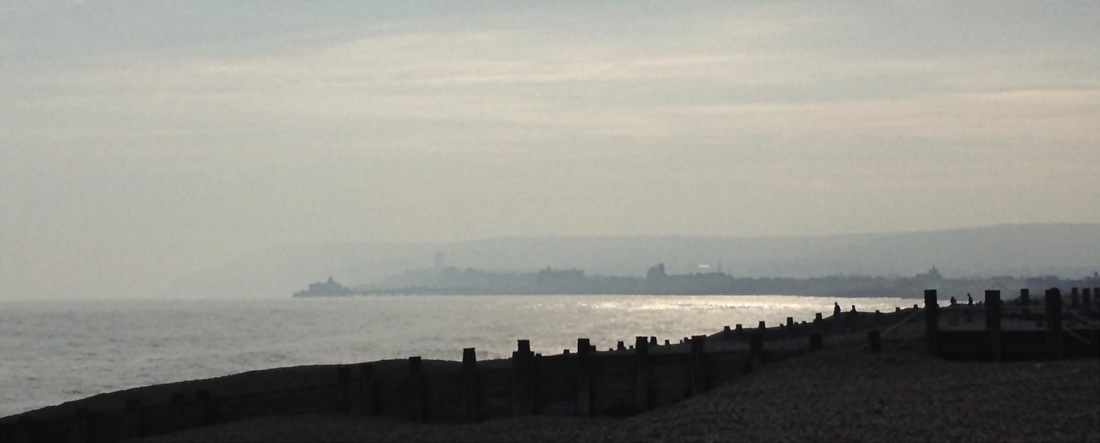
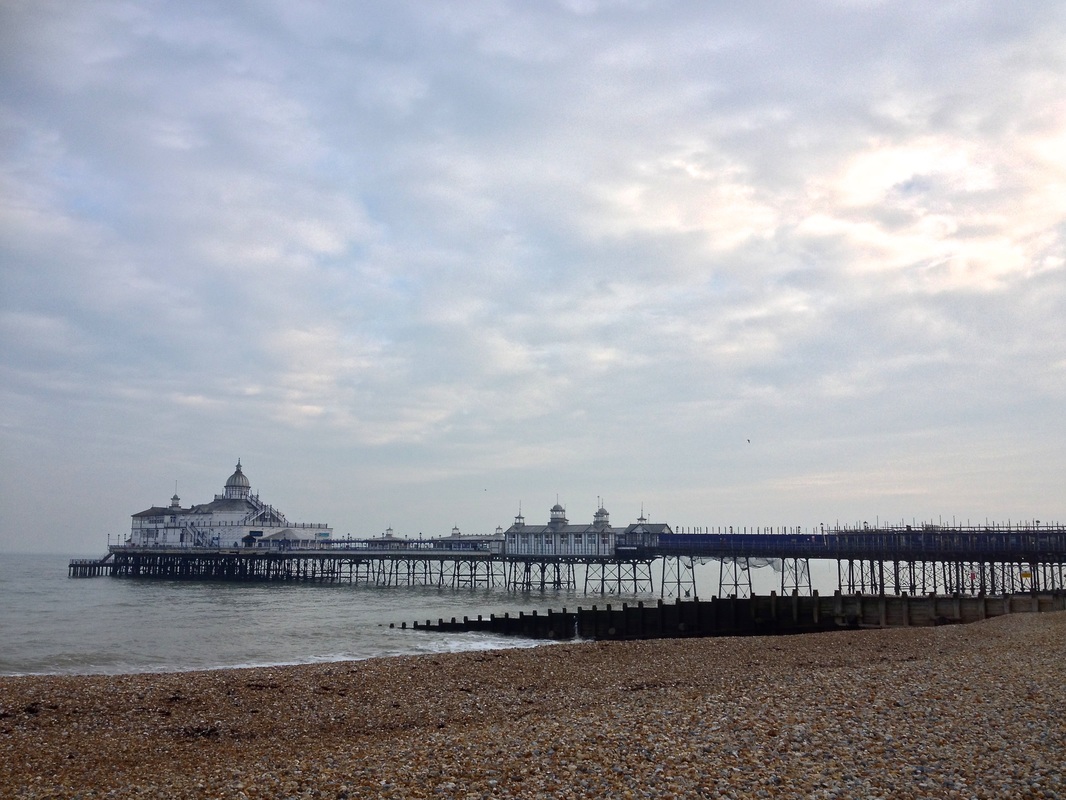

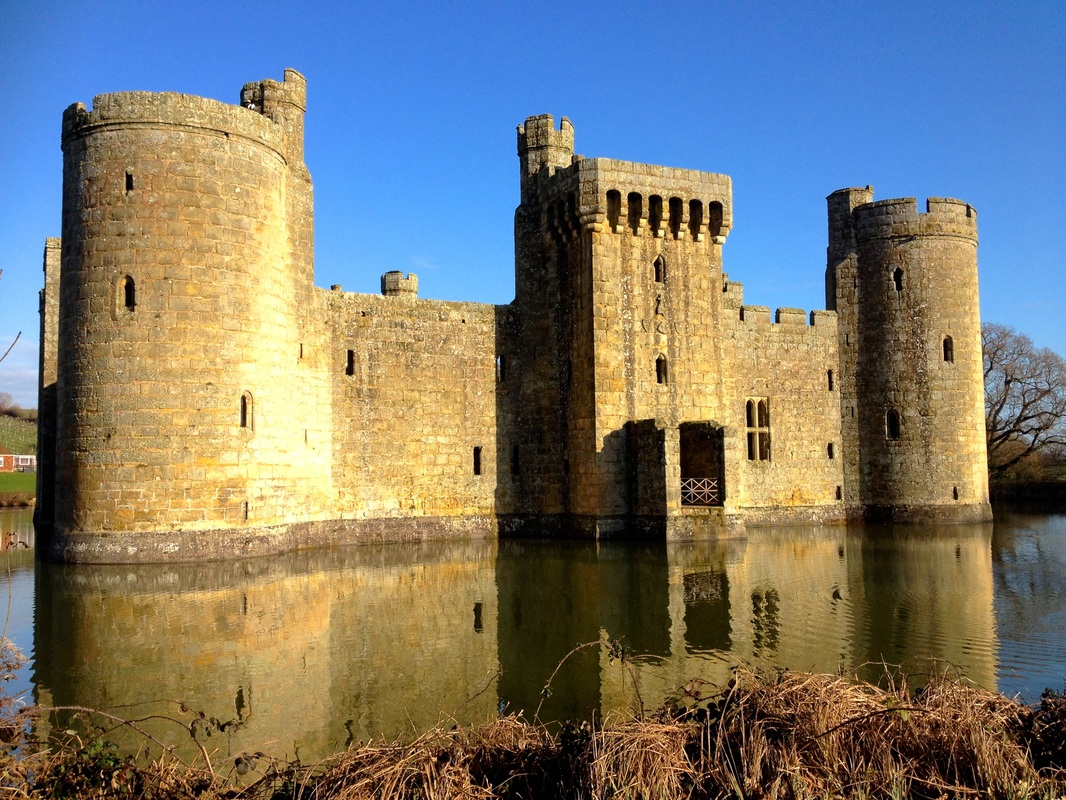
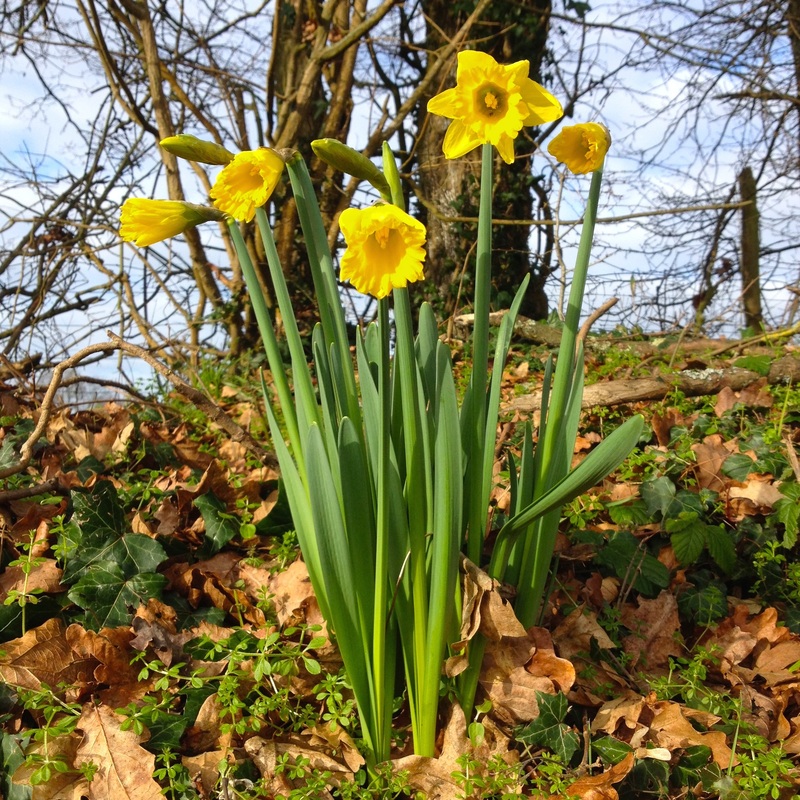


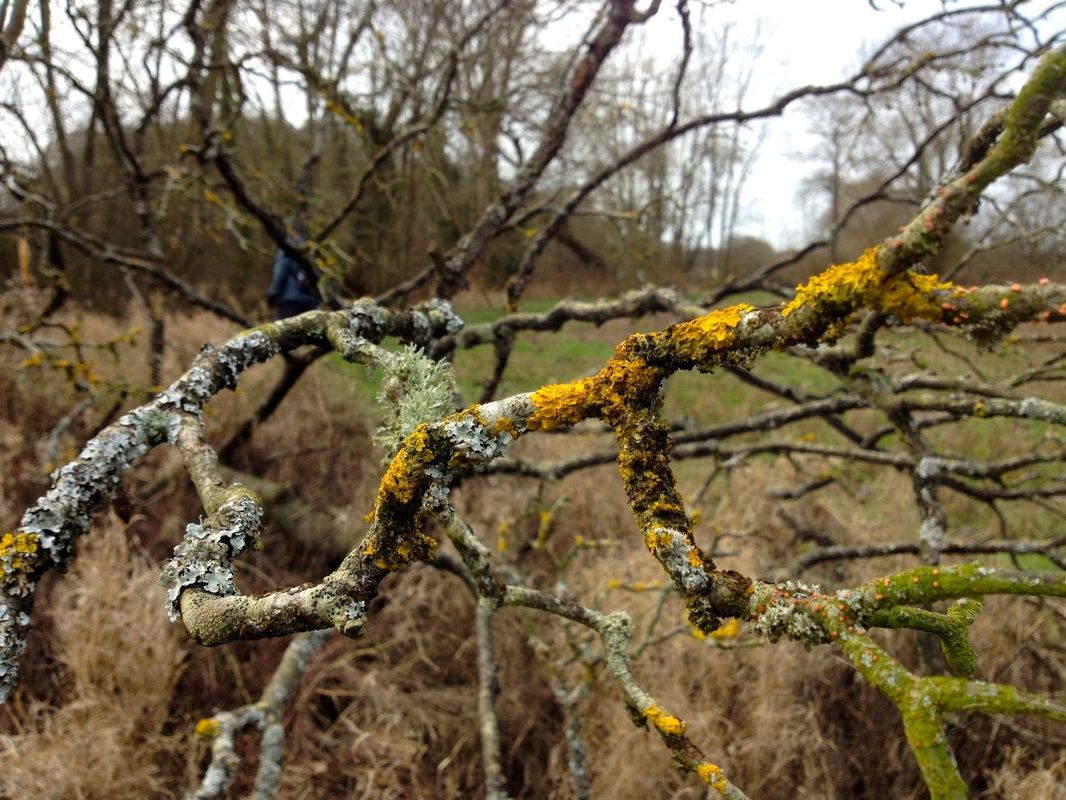
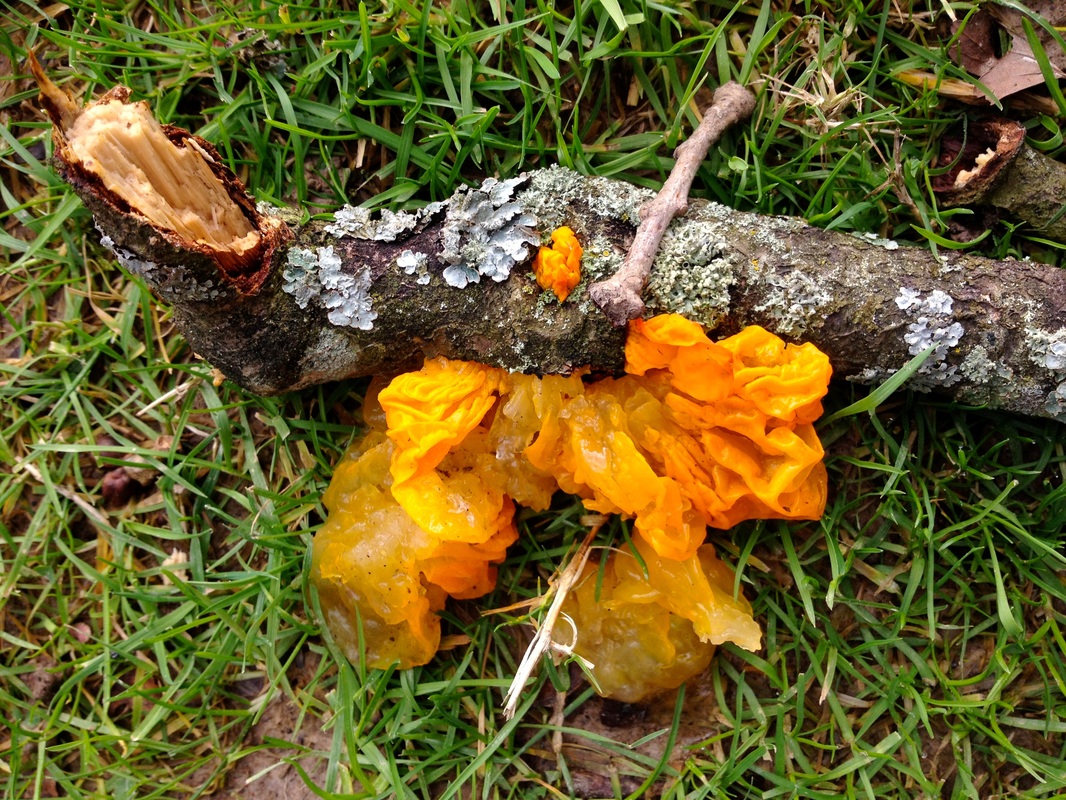
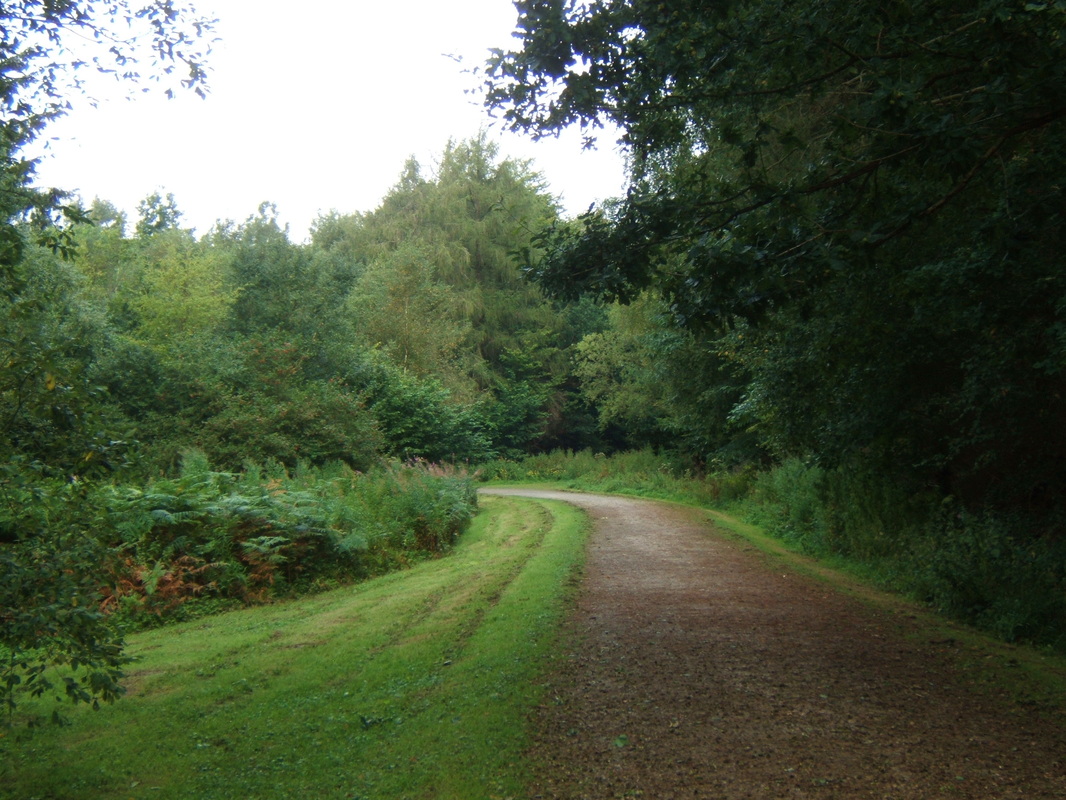
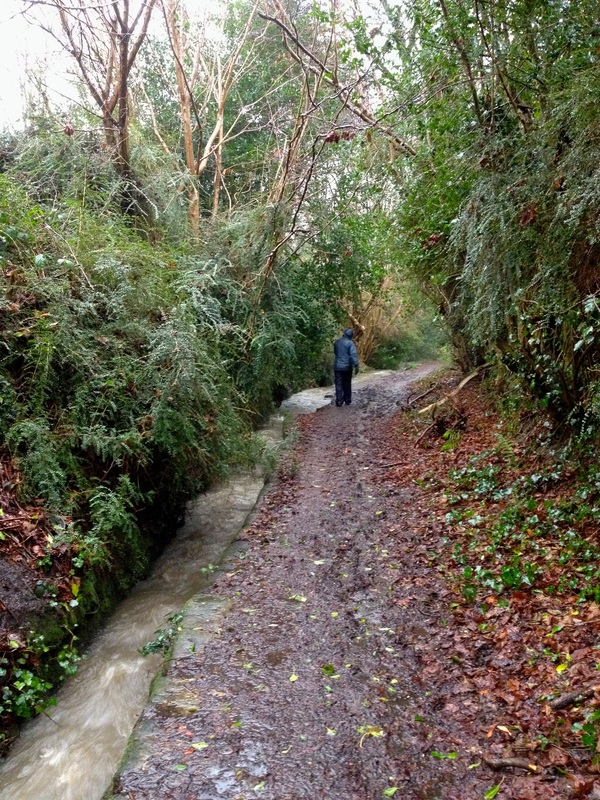
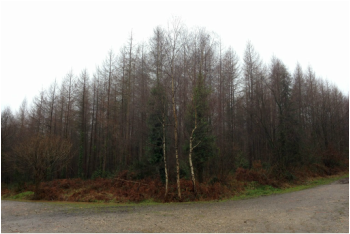
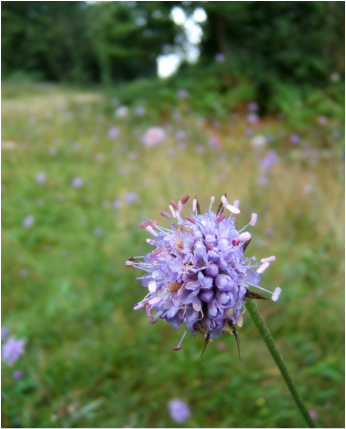
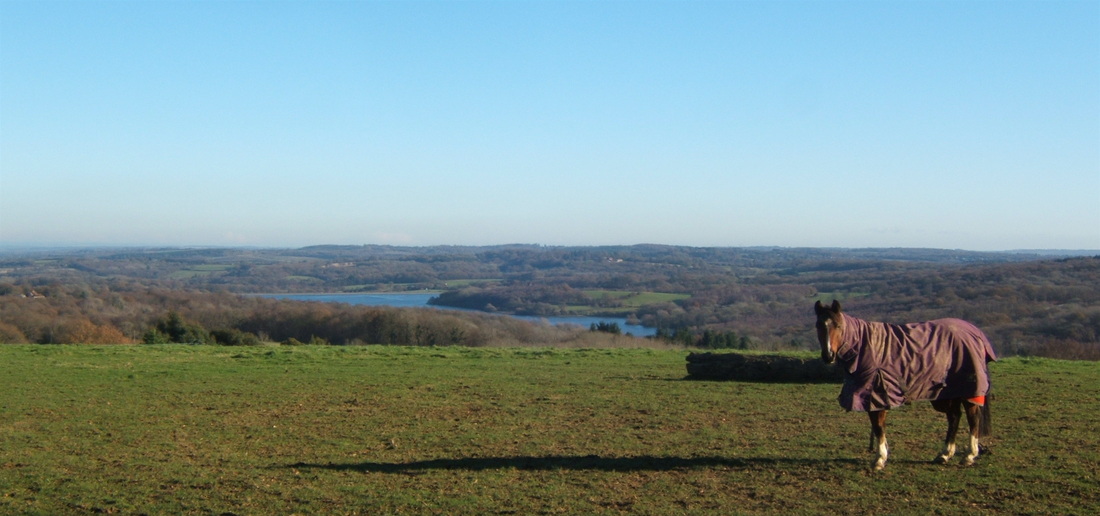
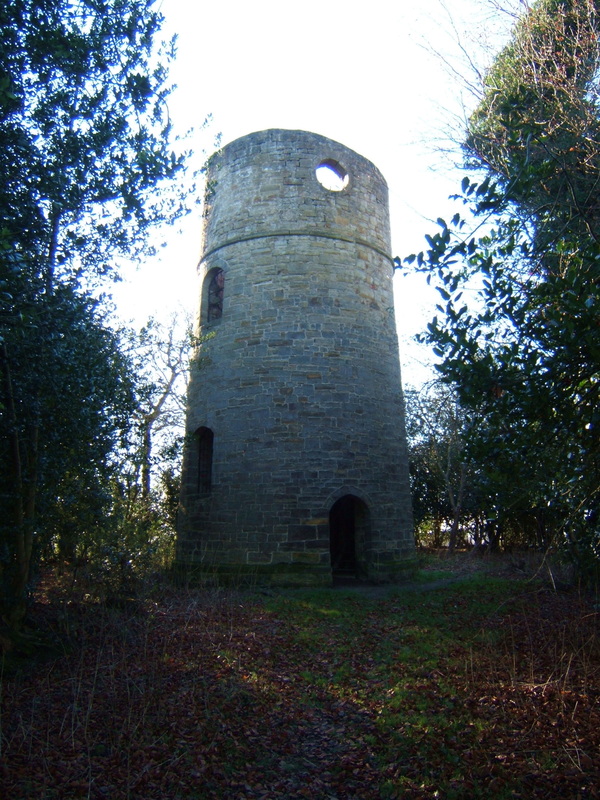
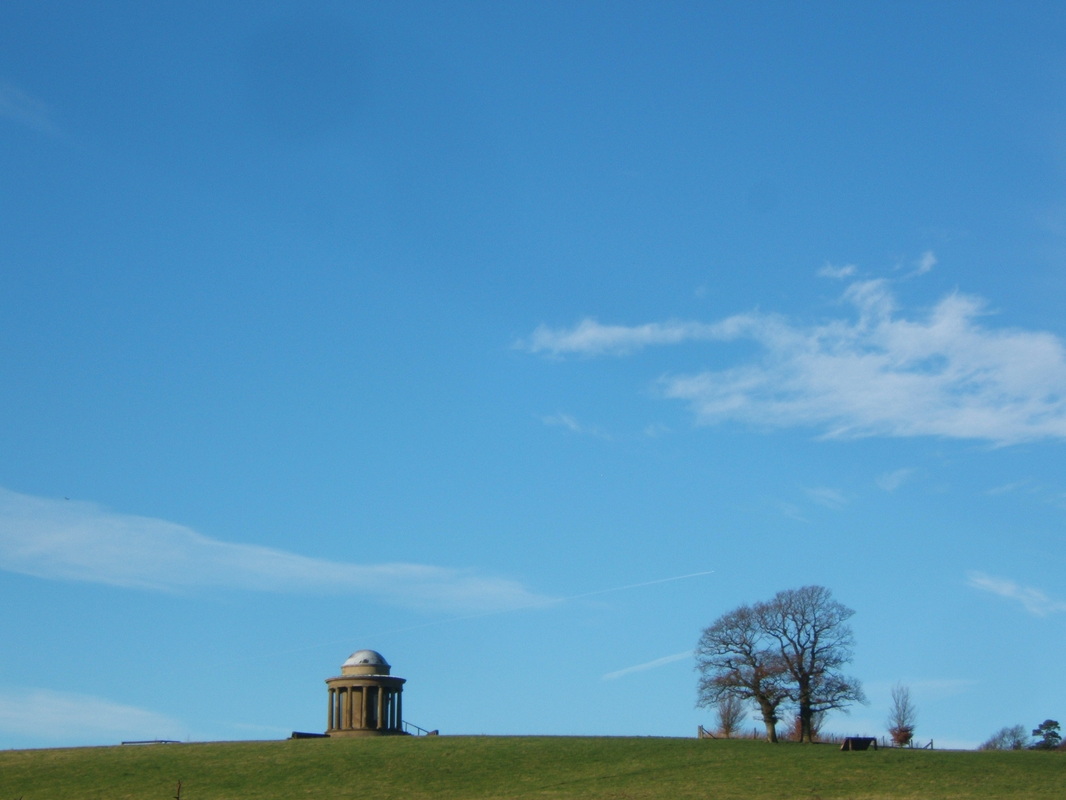
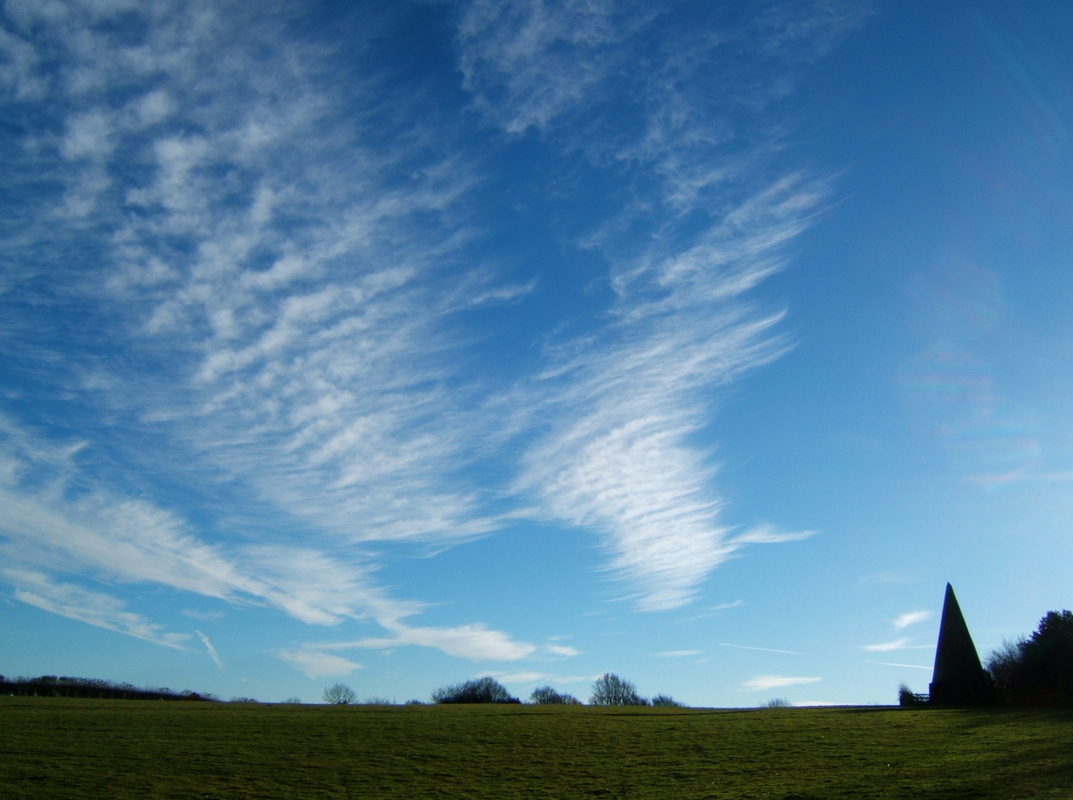
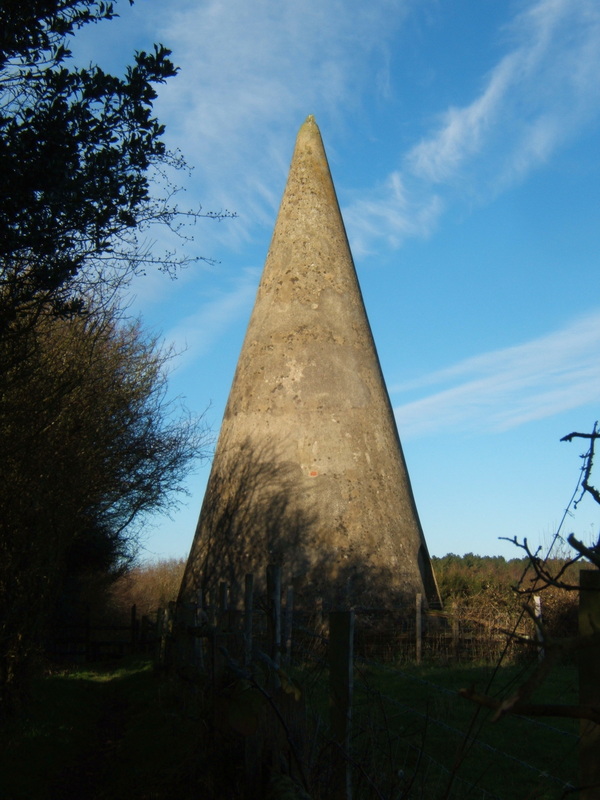
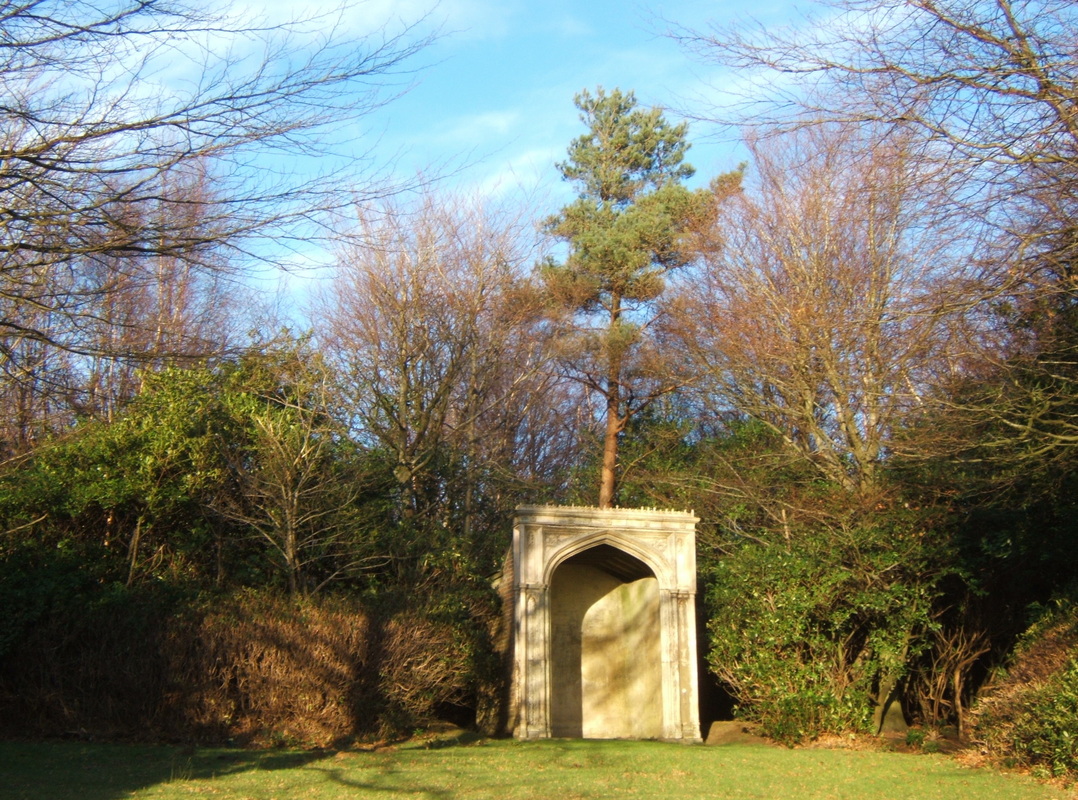

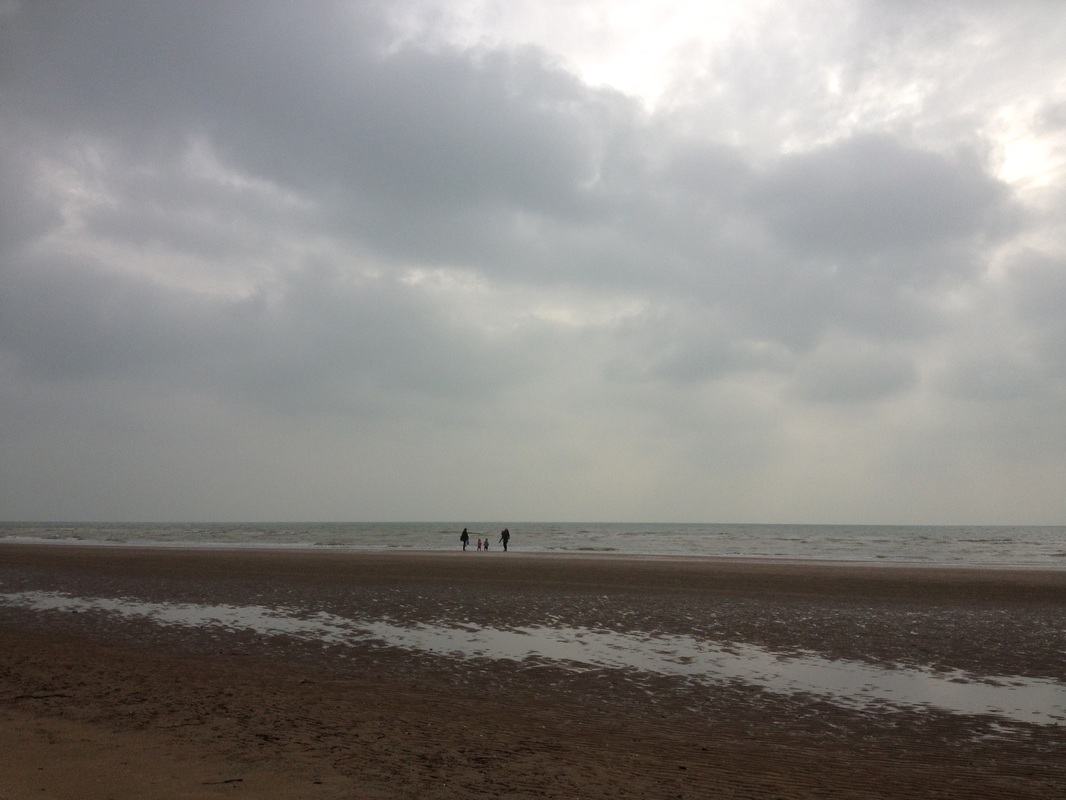
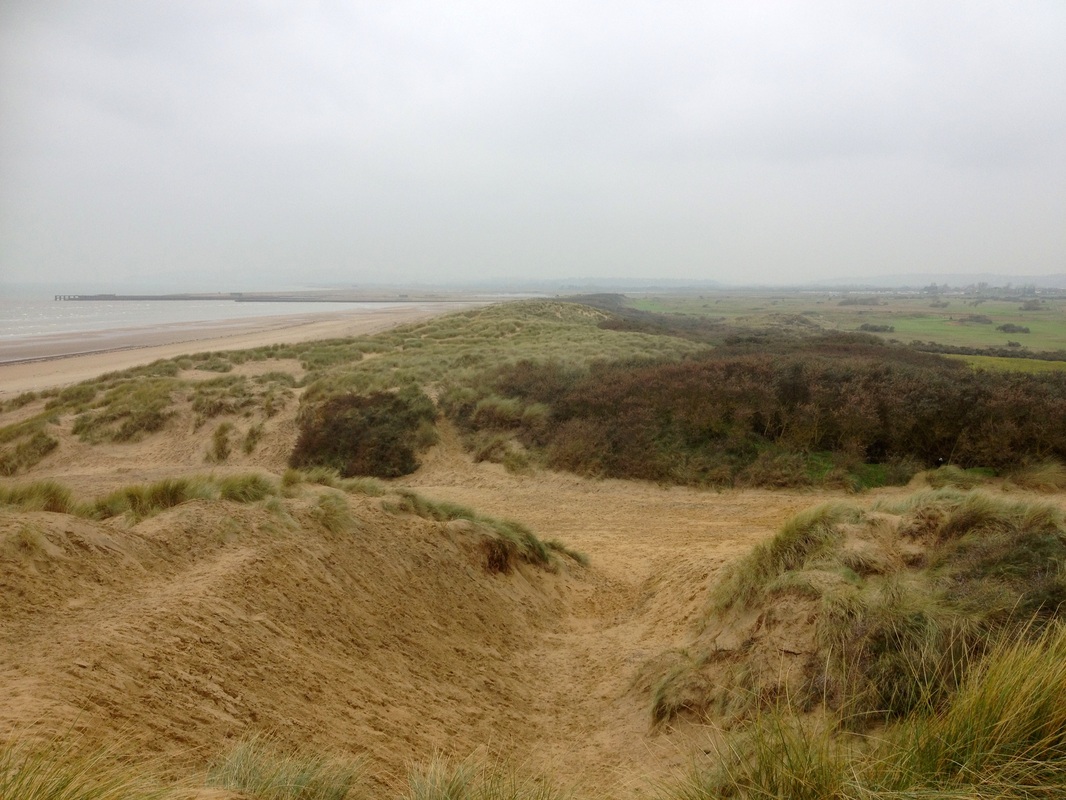
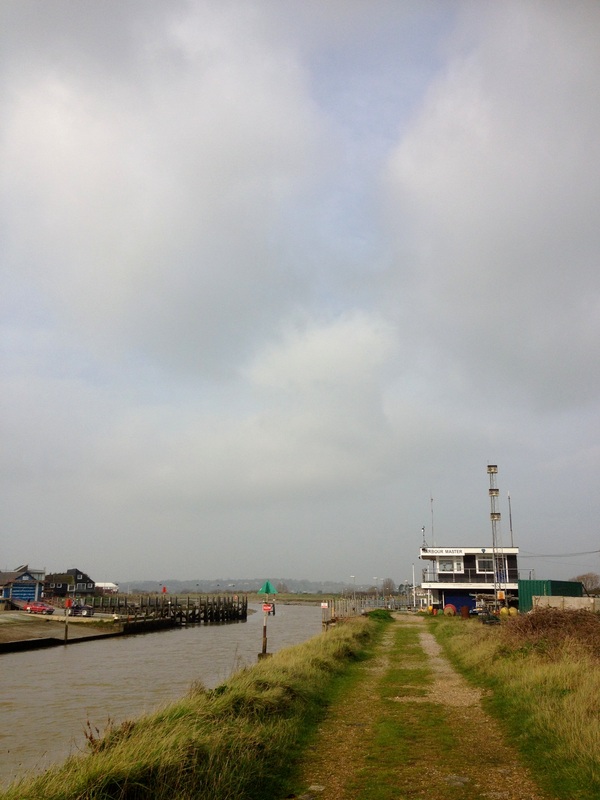
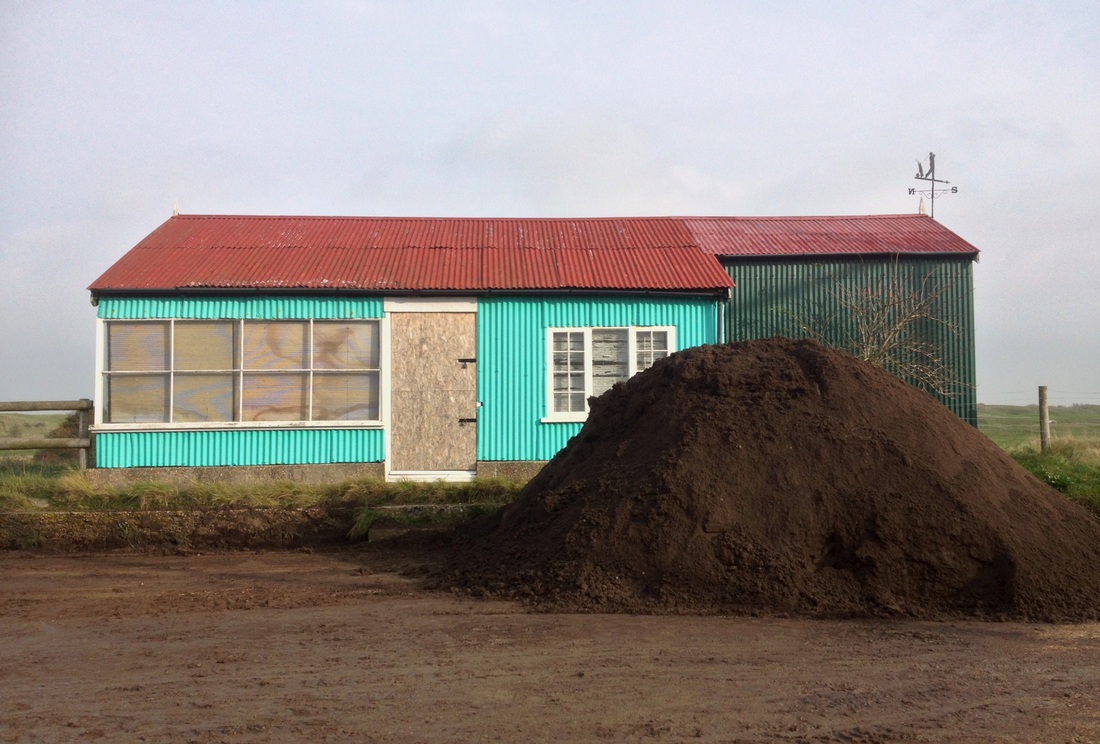
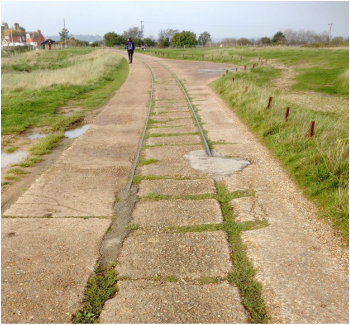
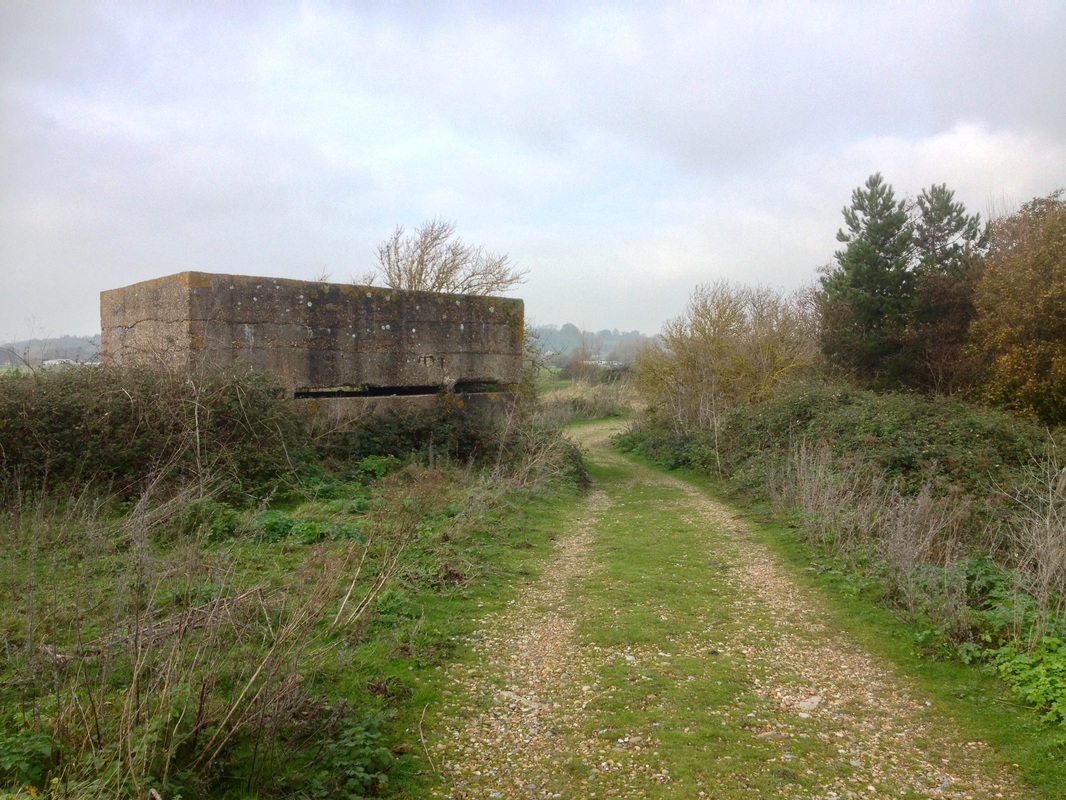
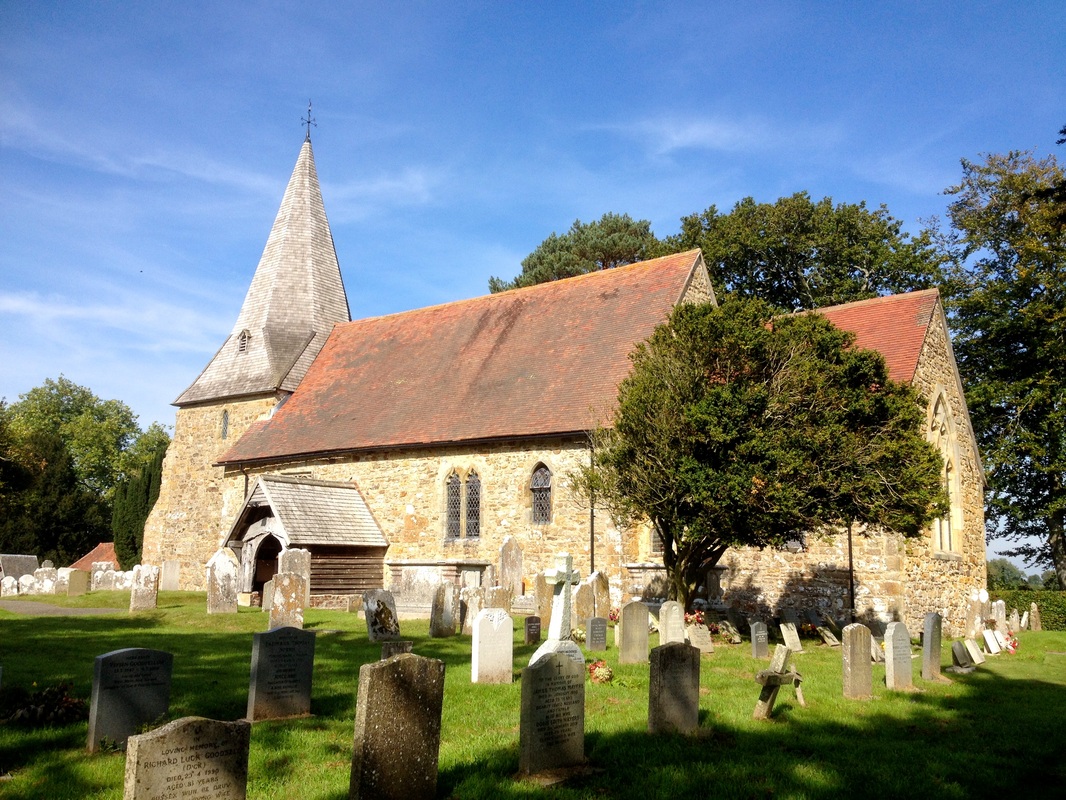
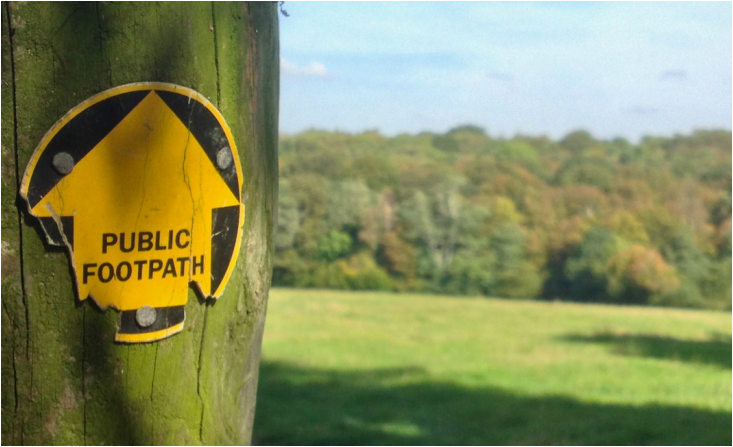
 RSS Feed
RSS Feed
